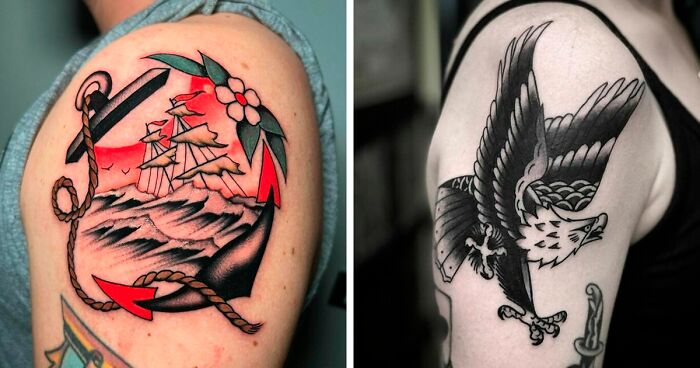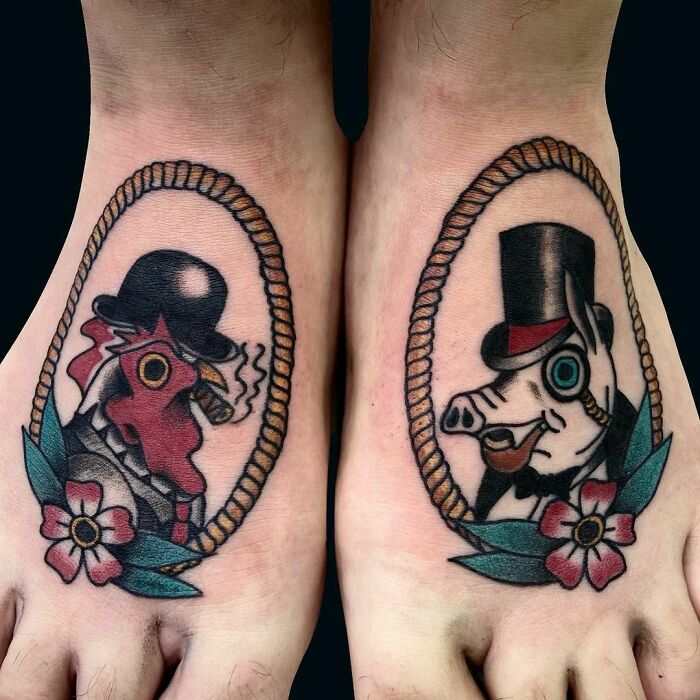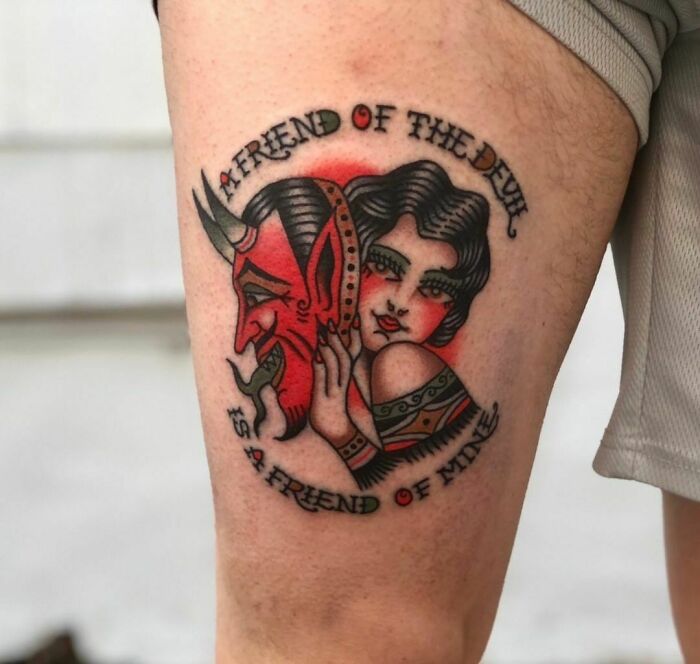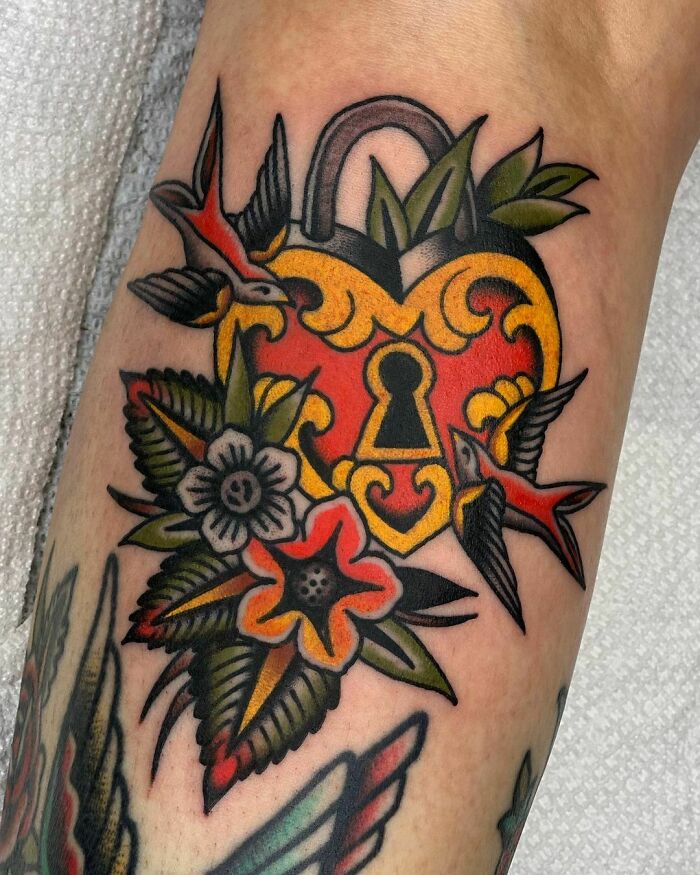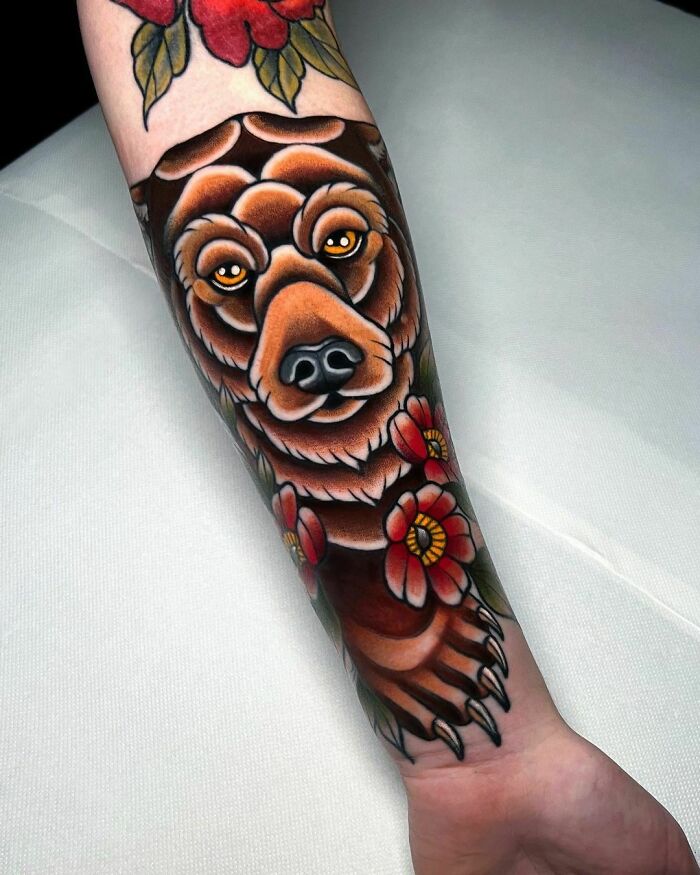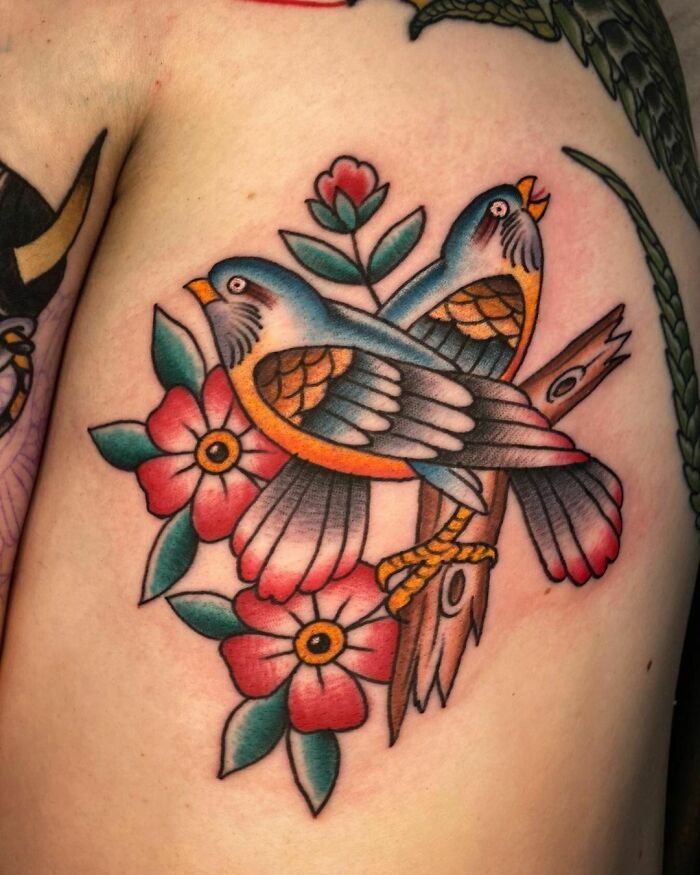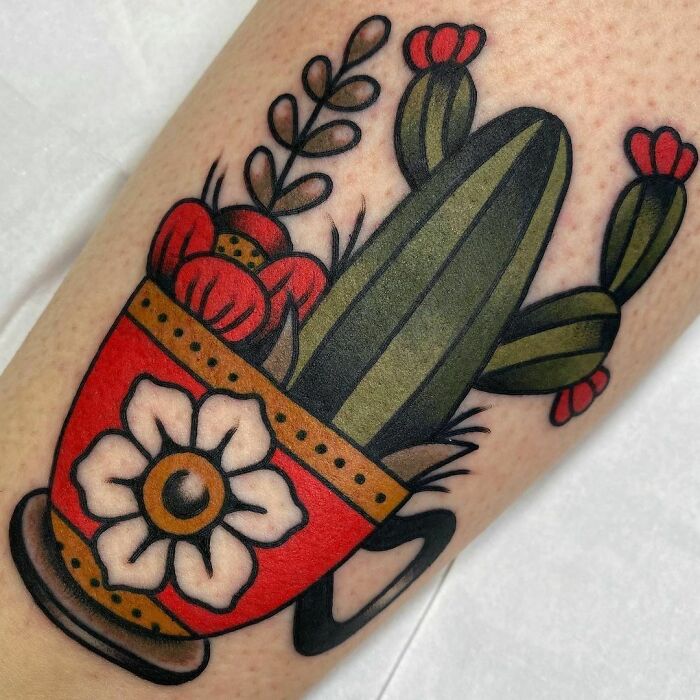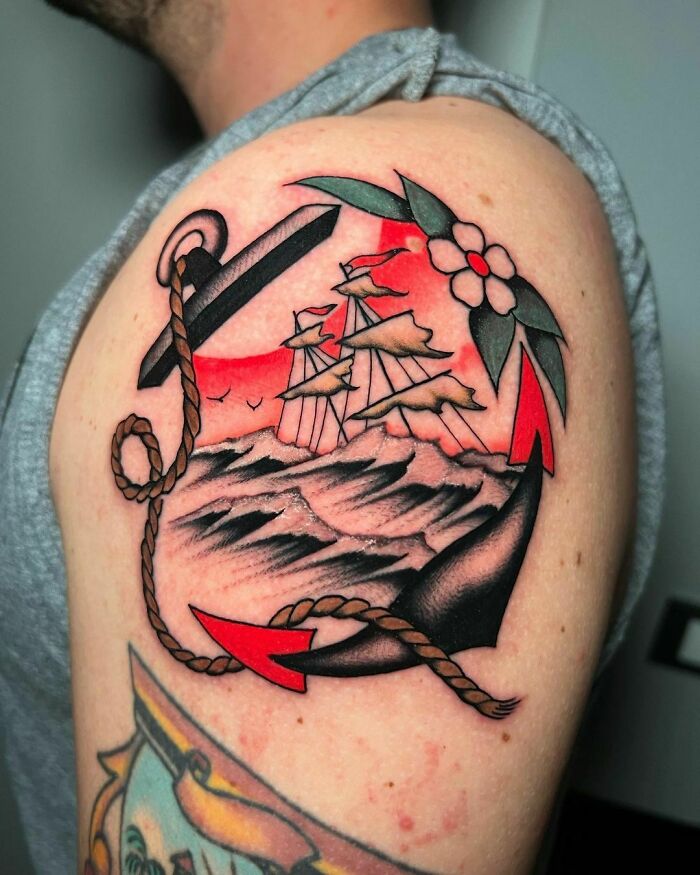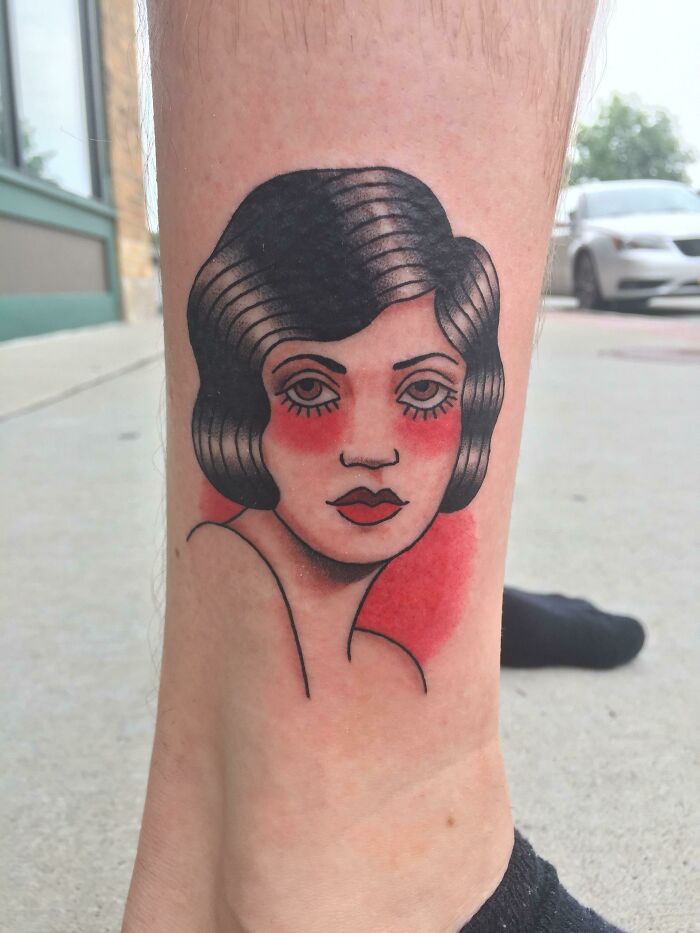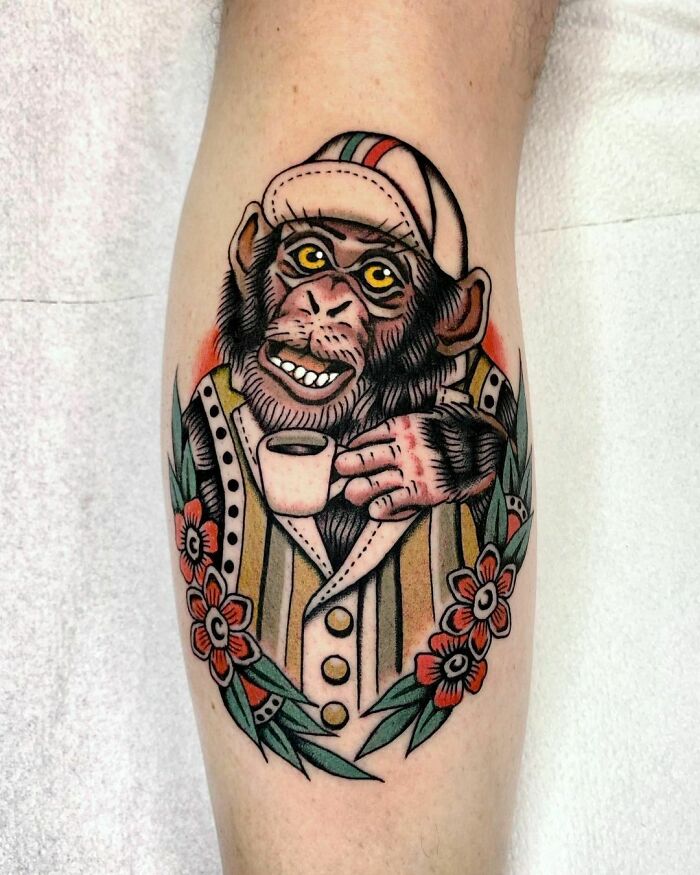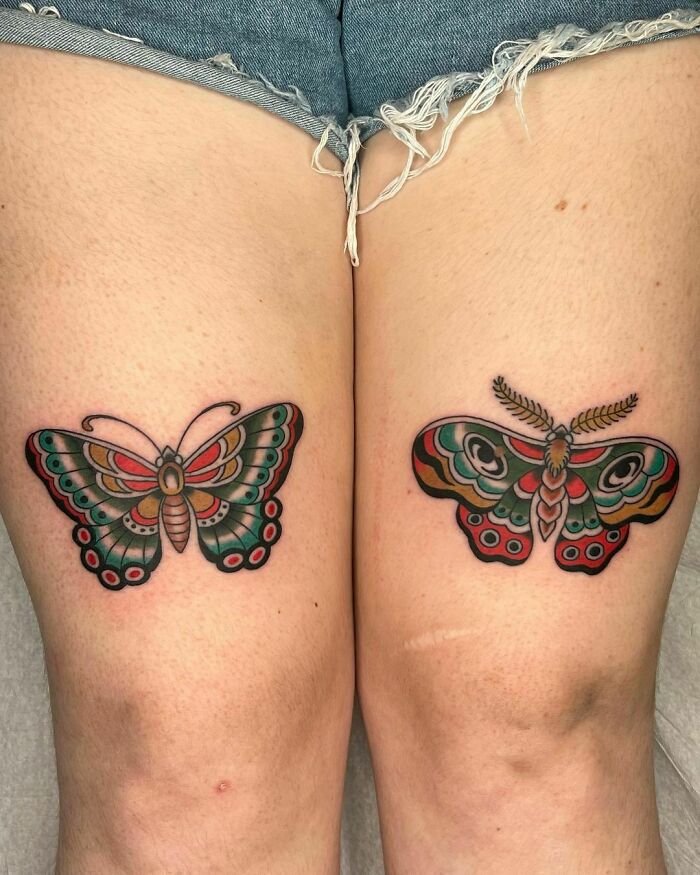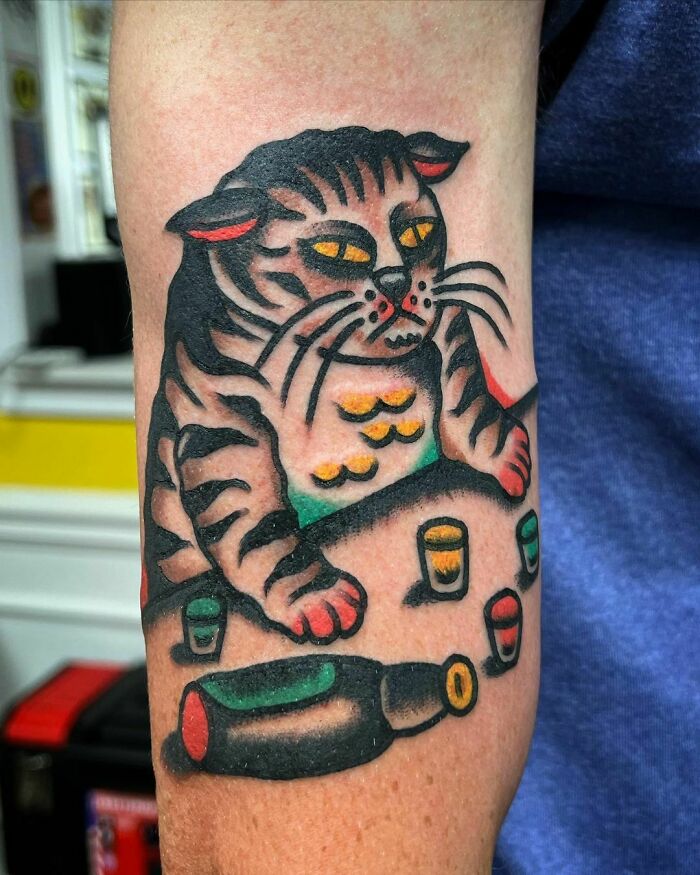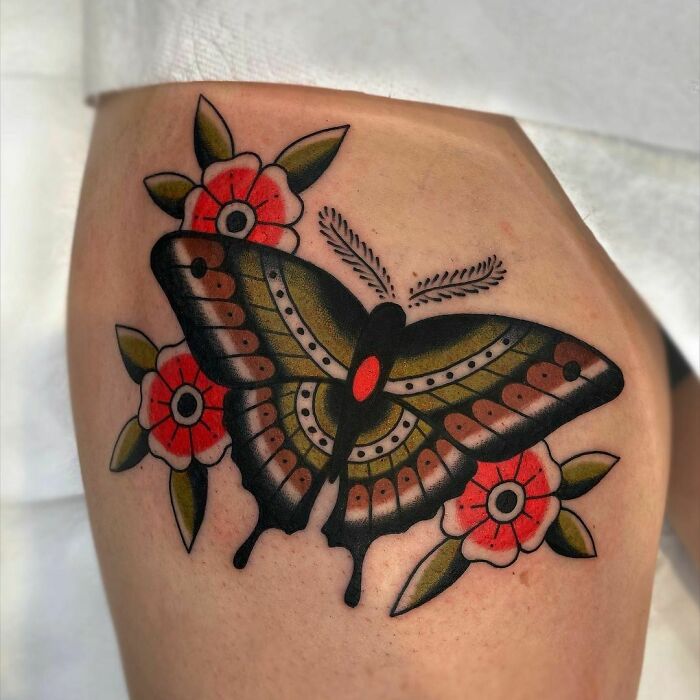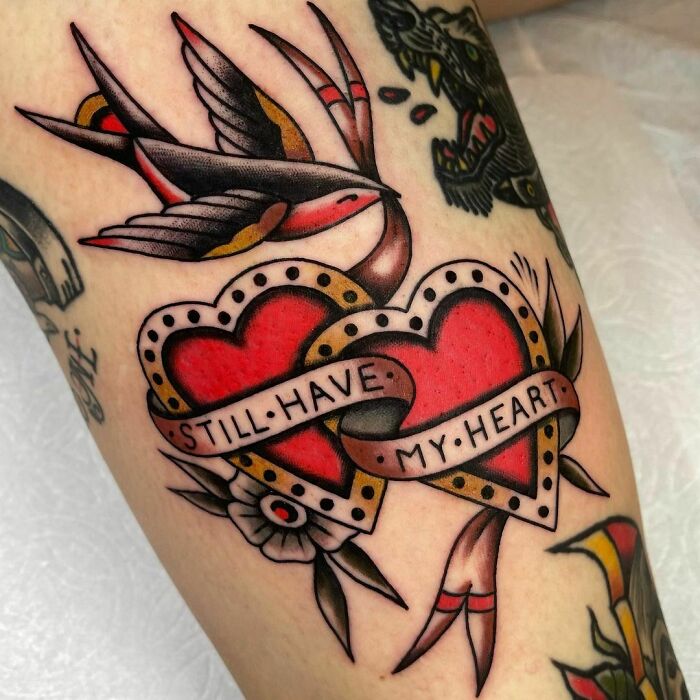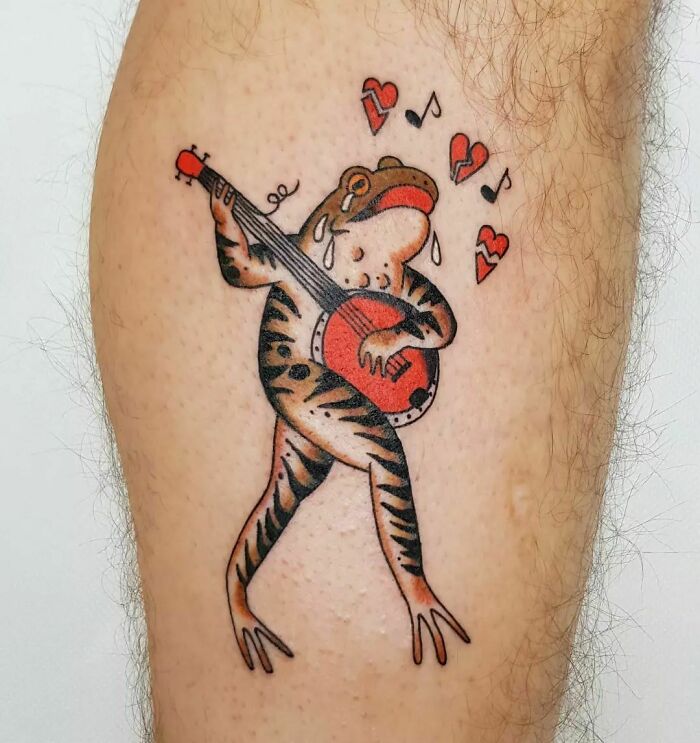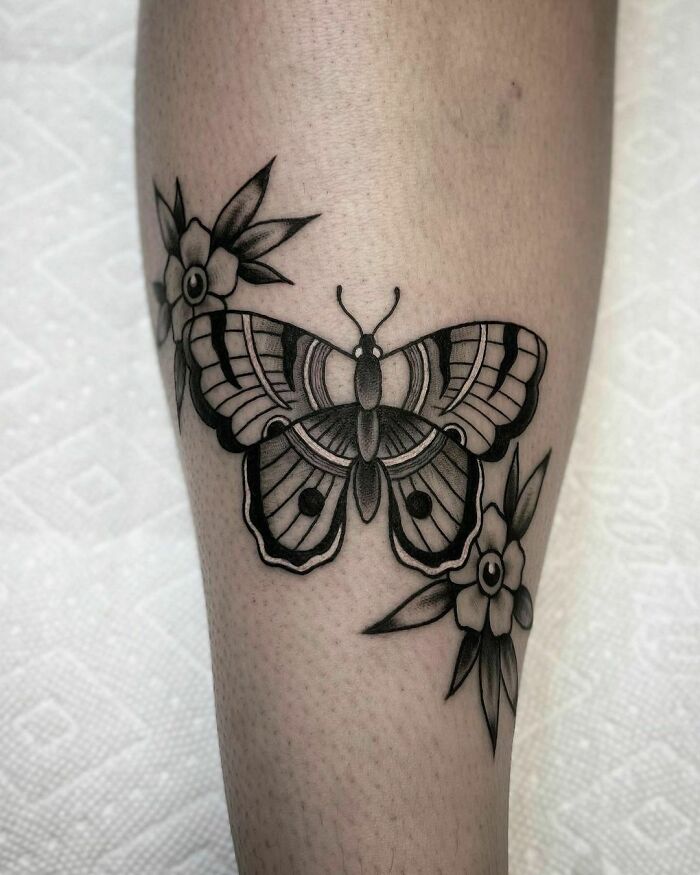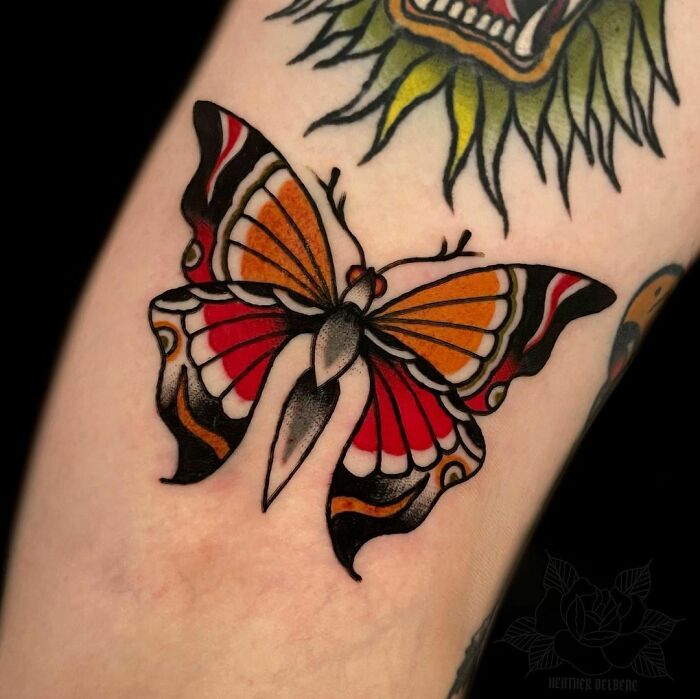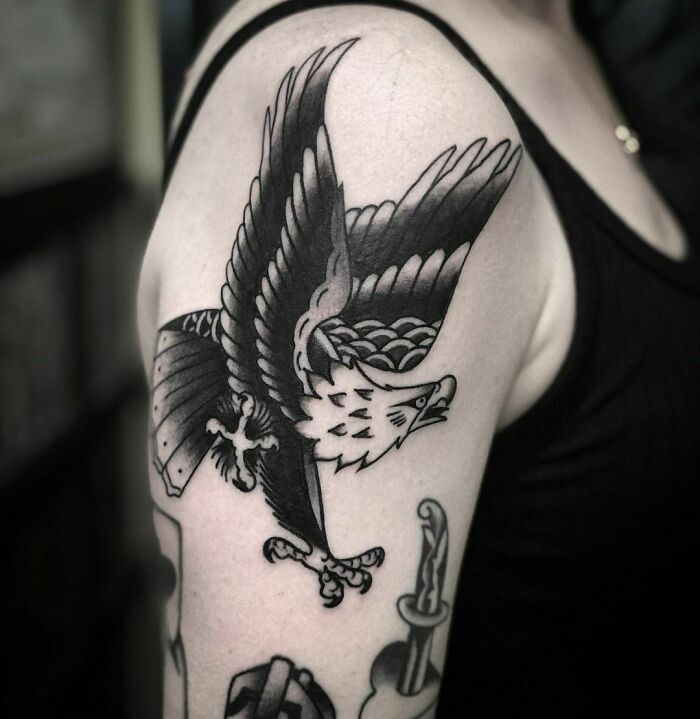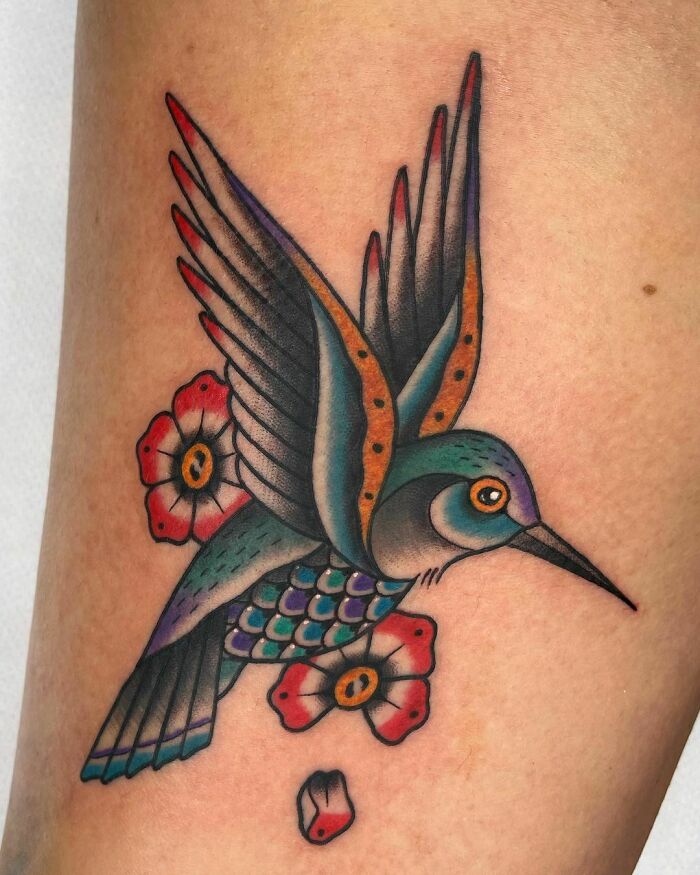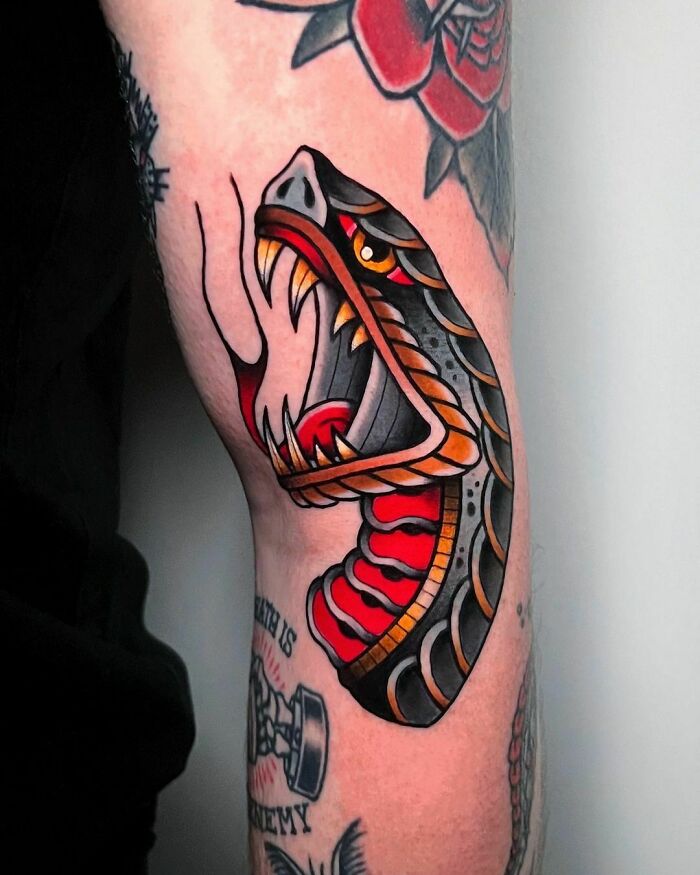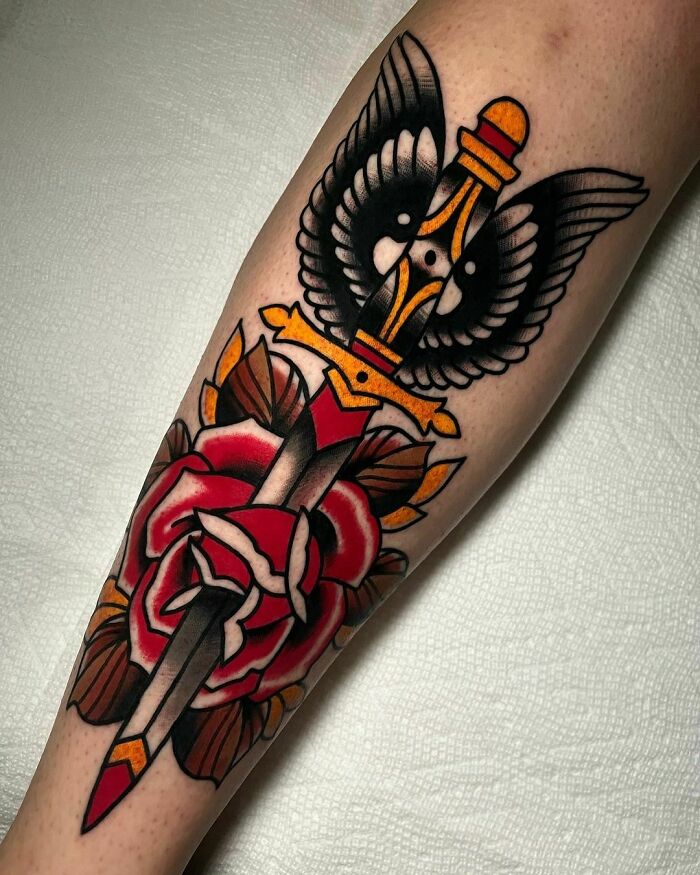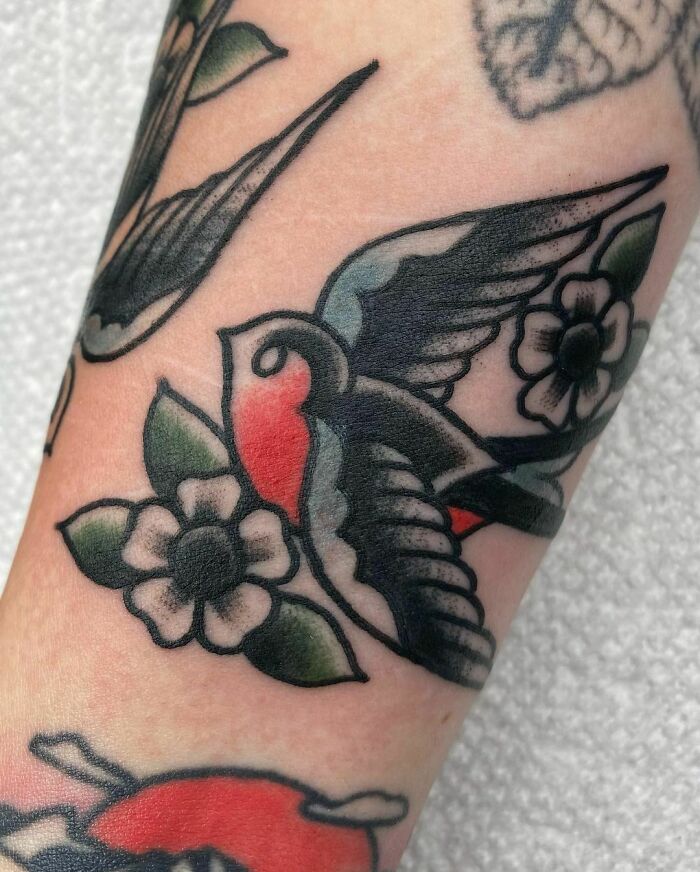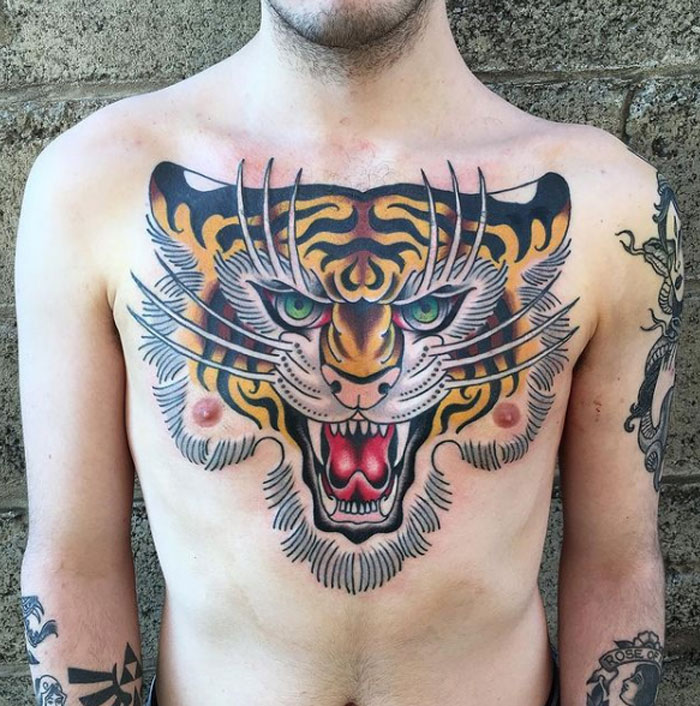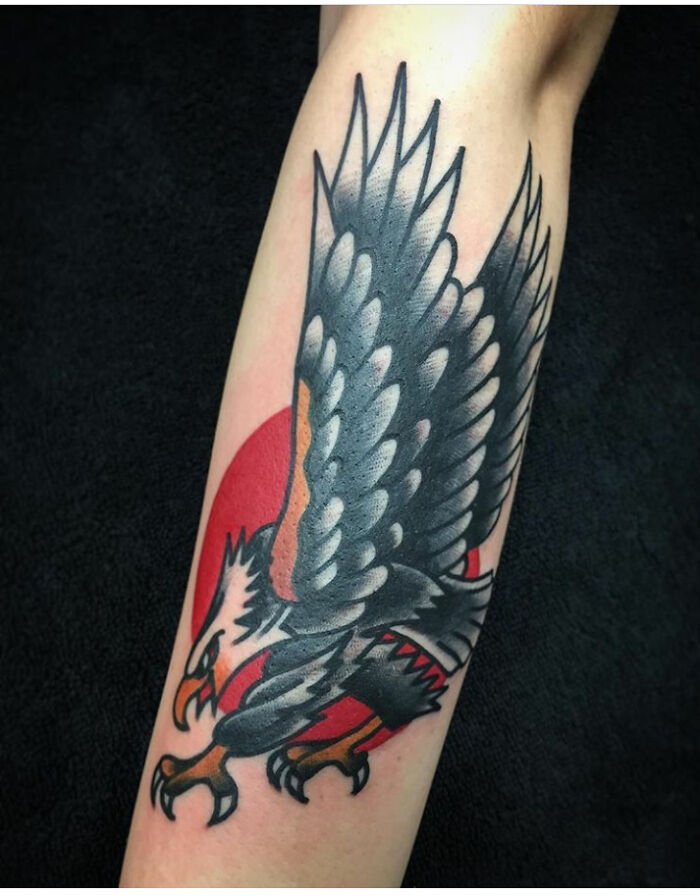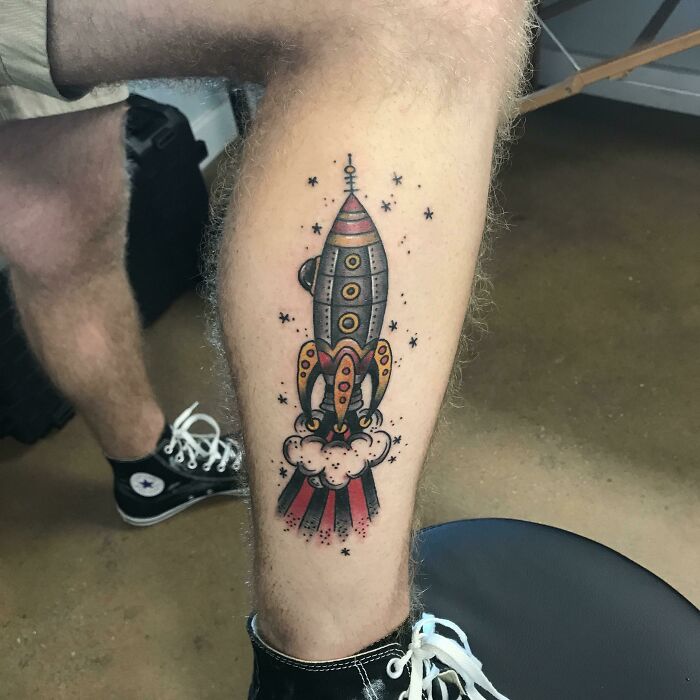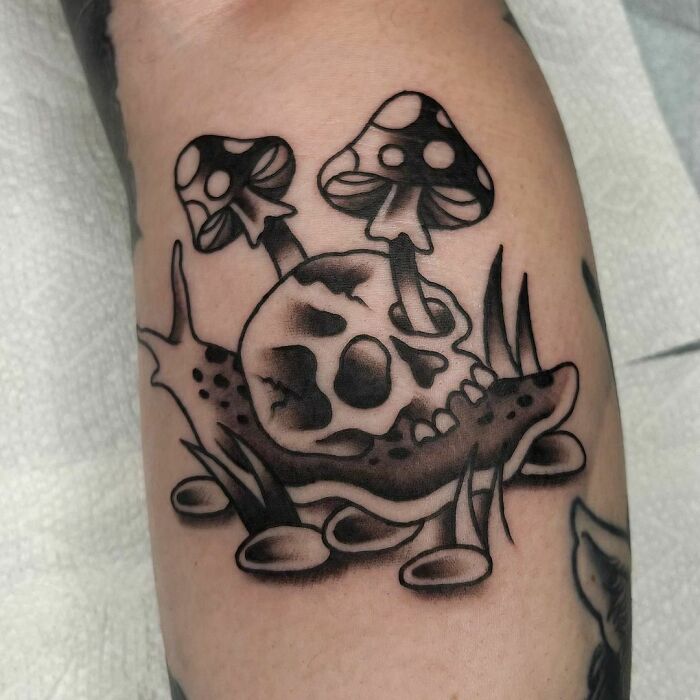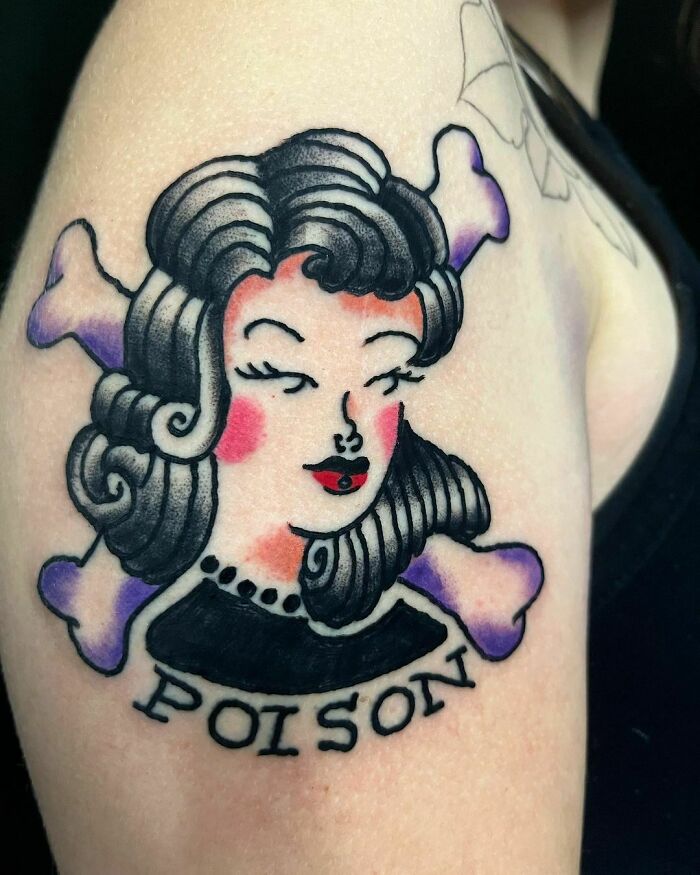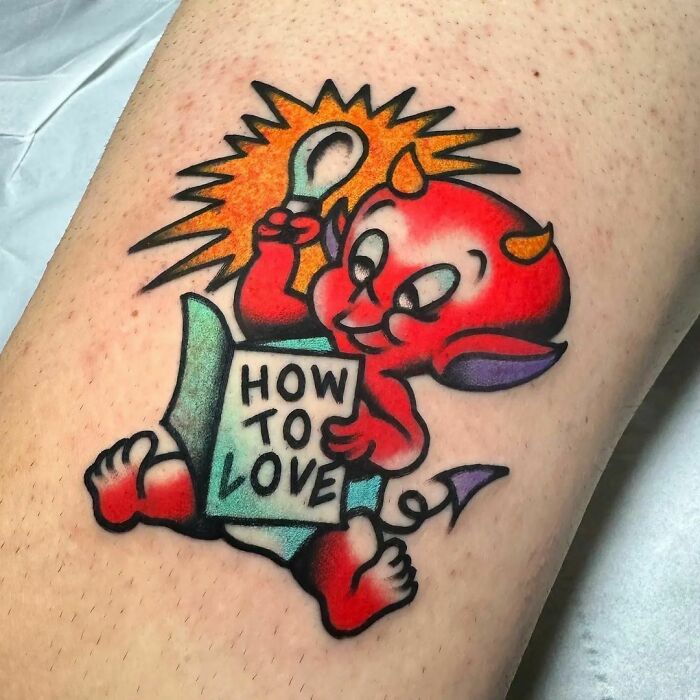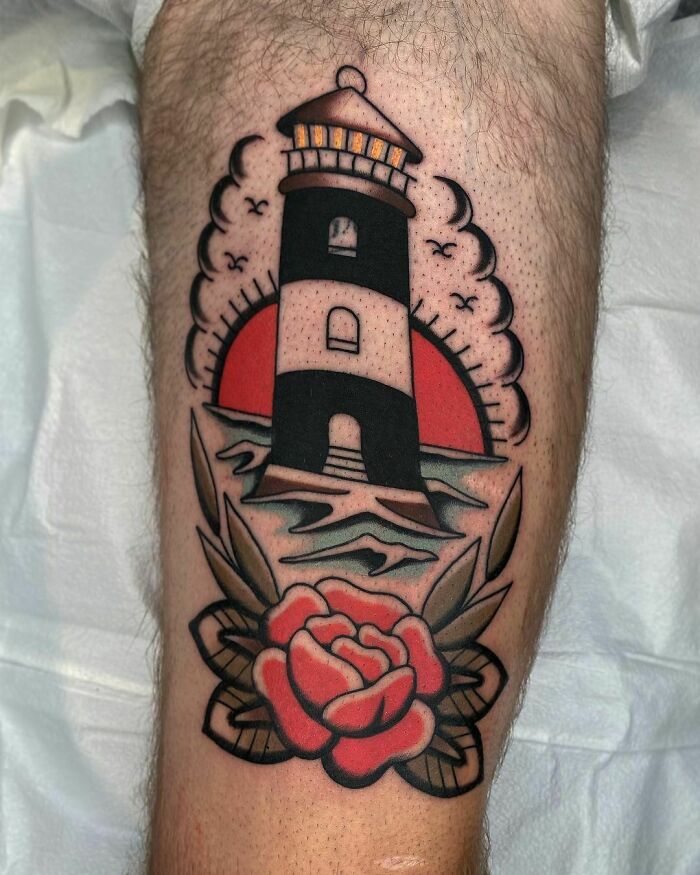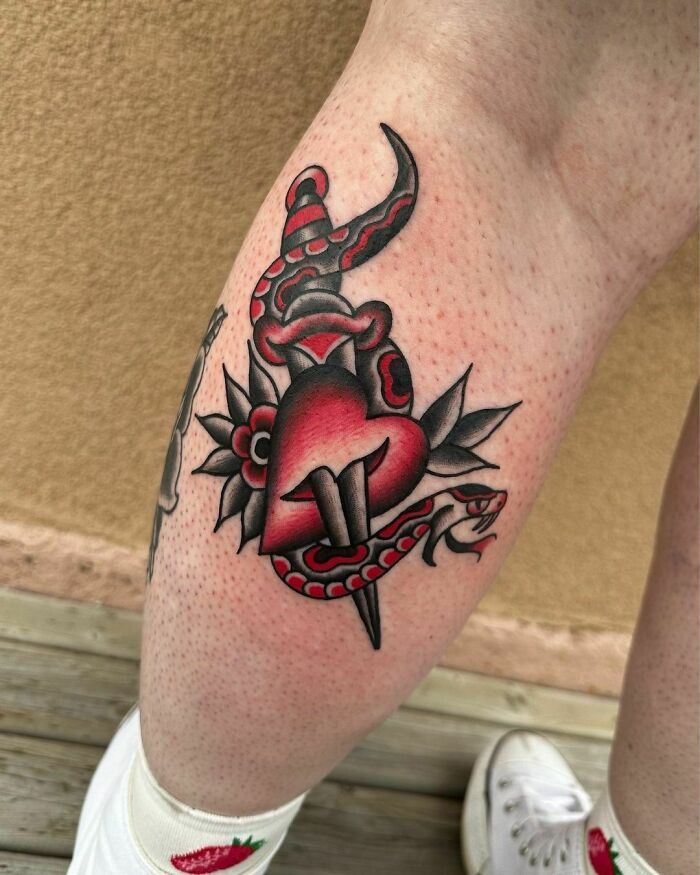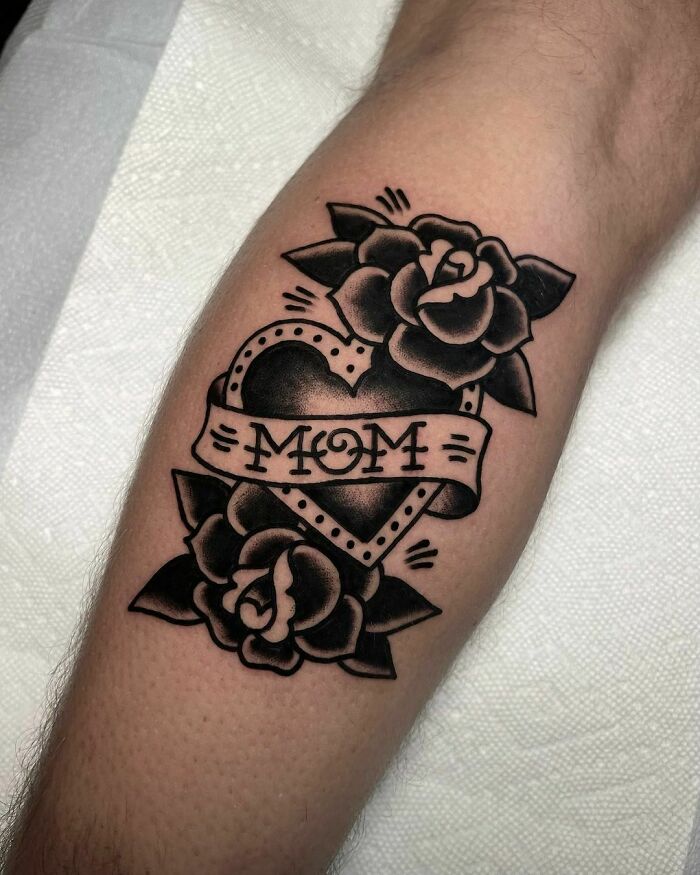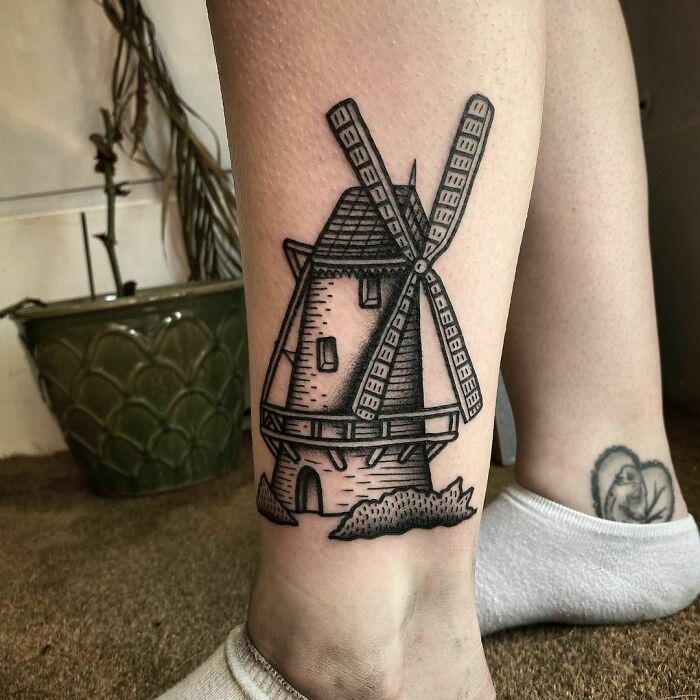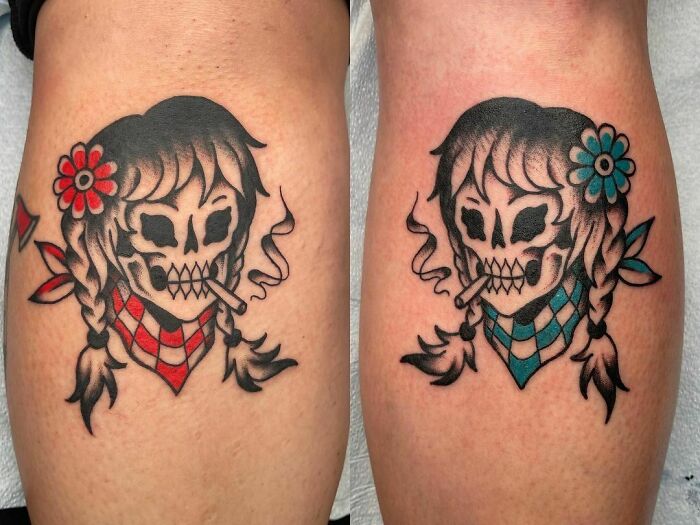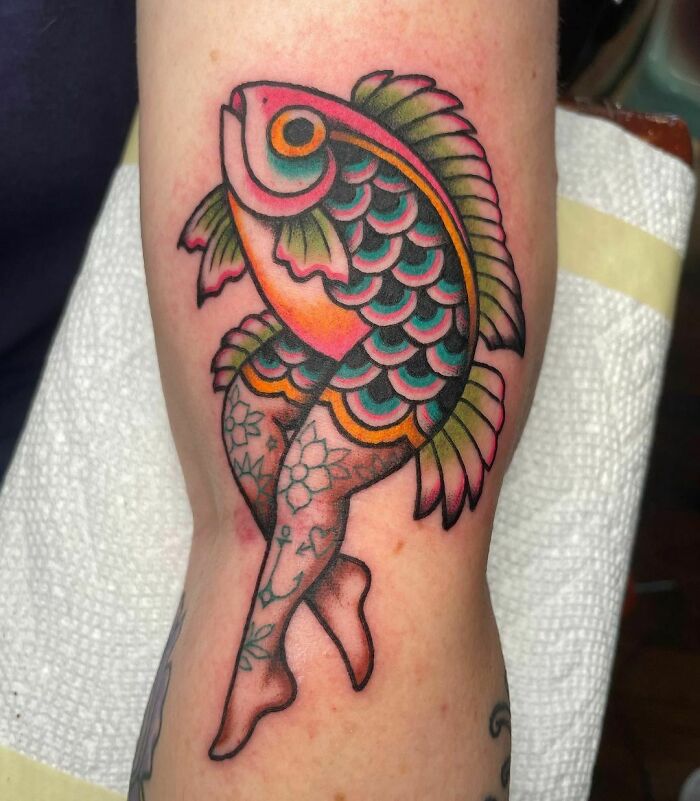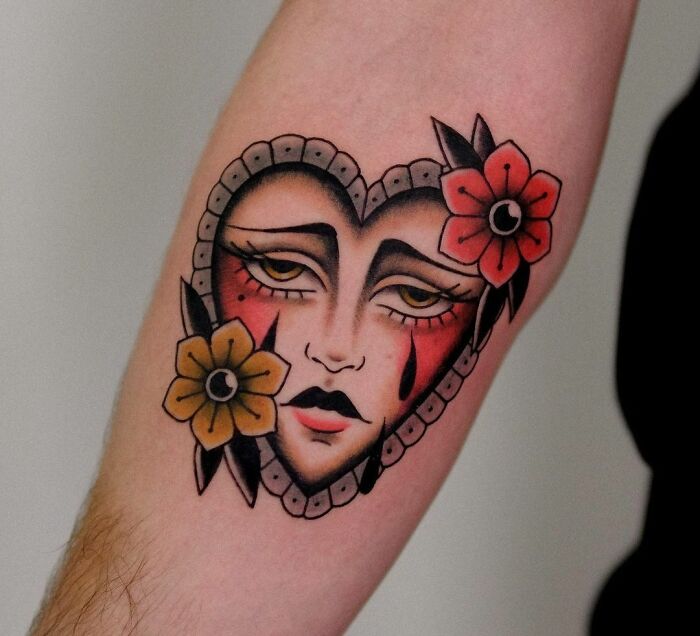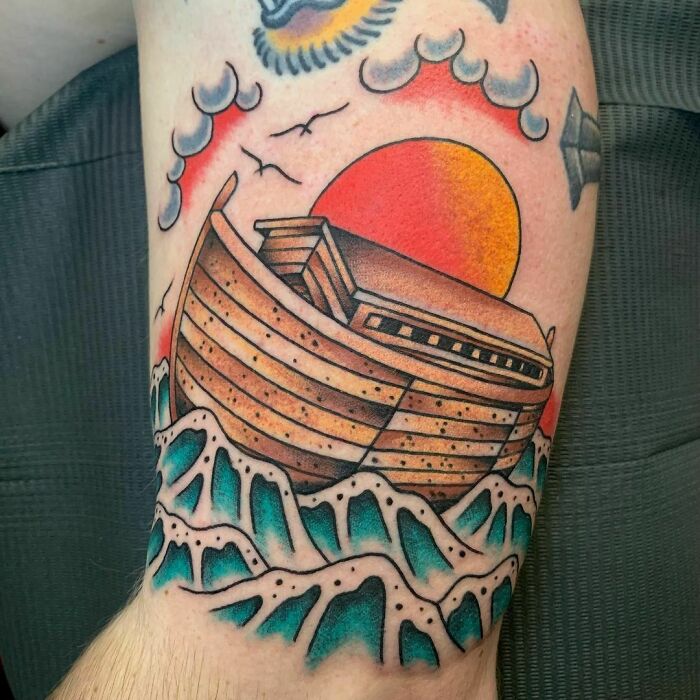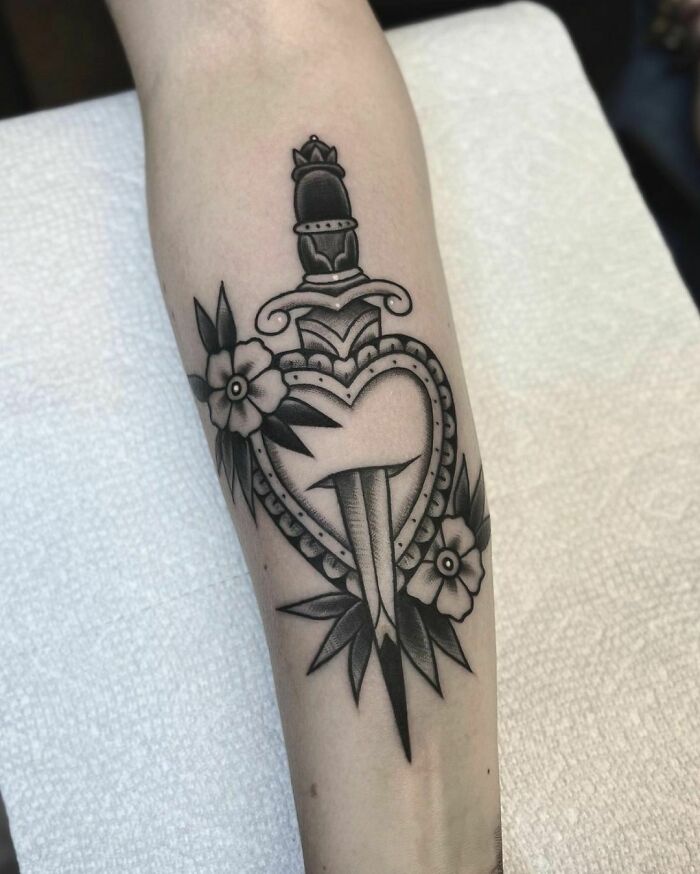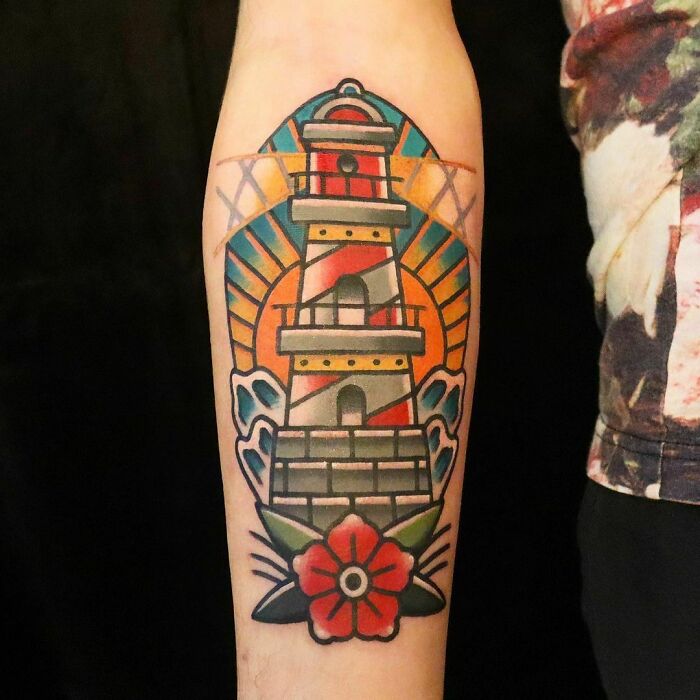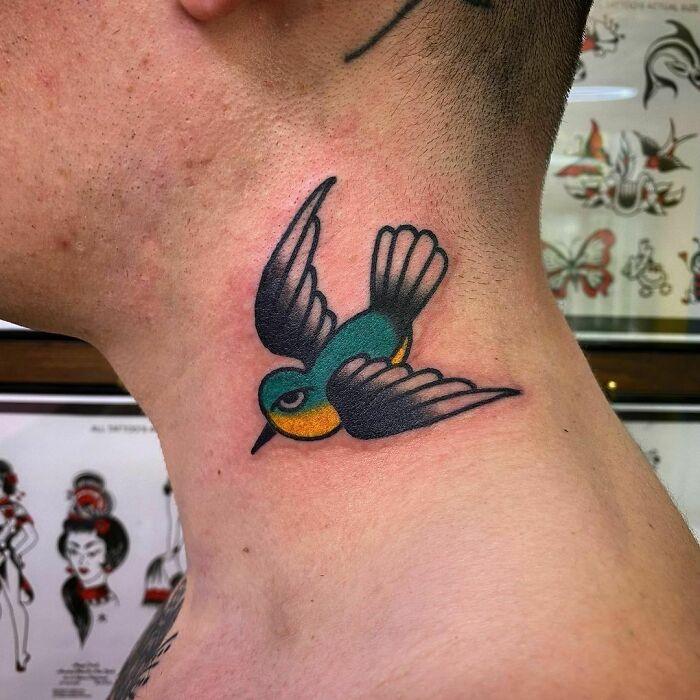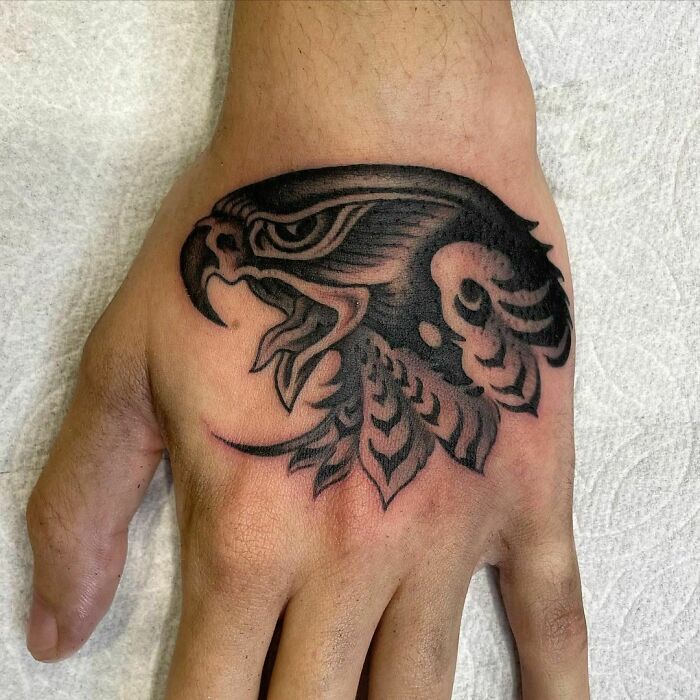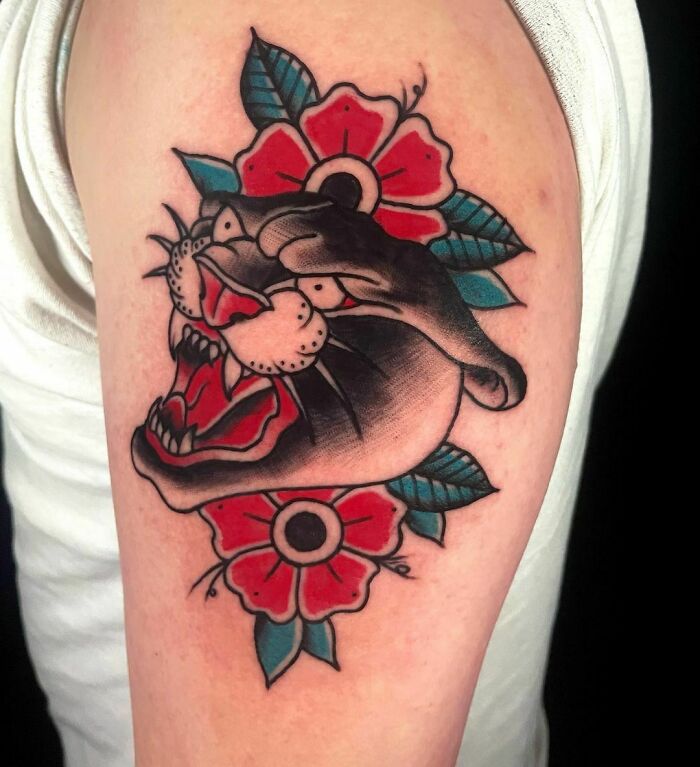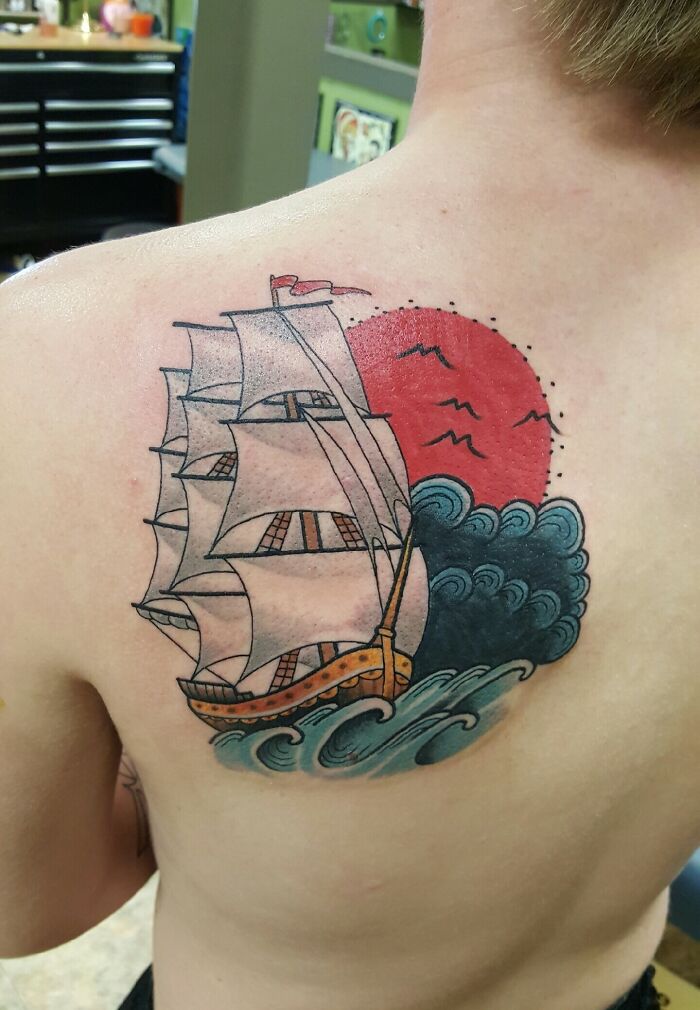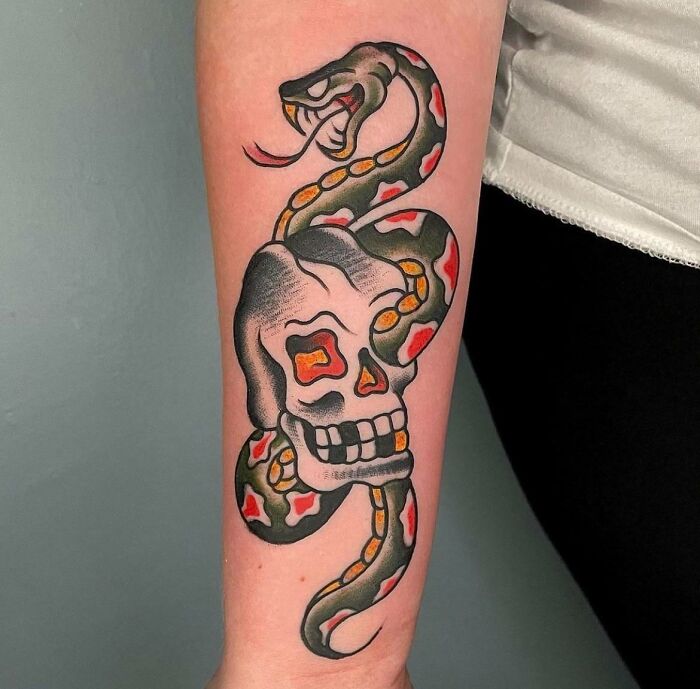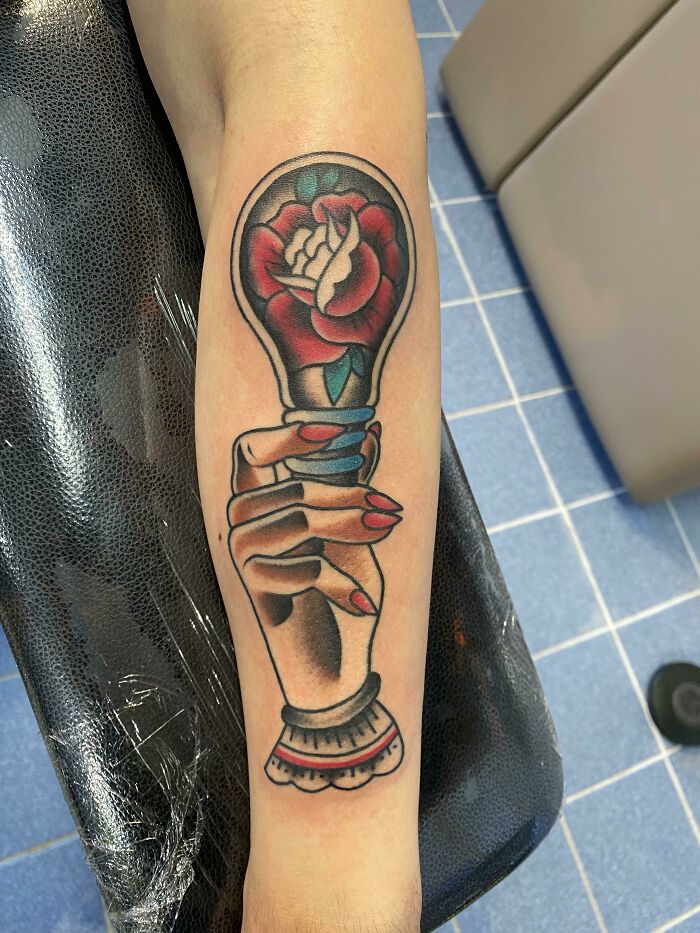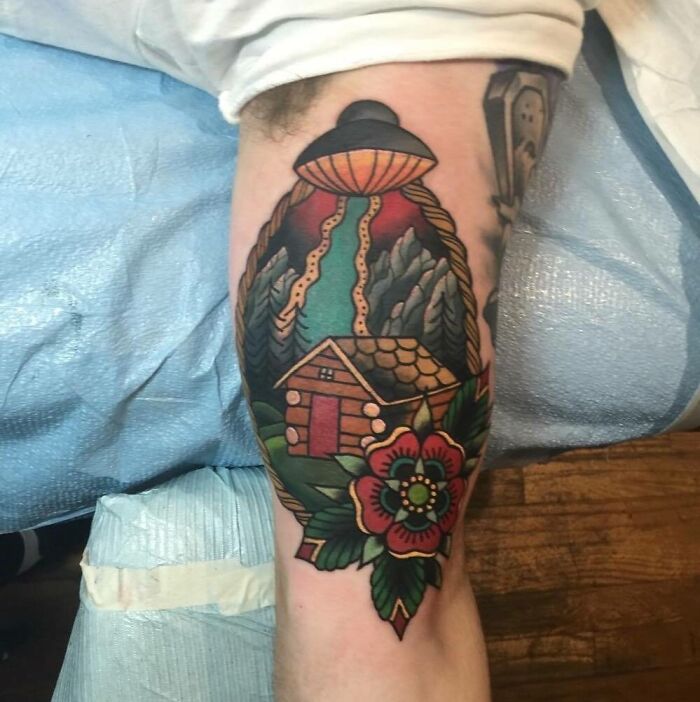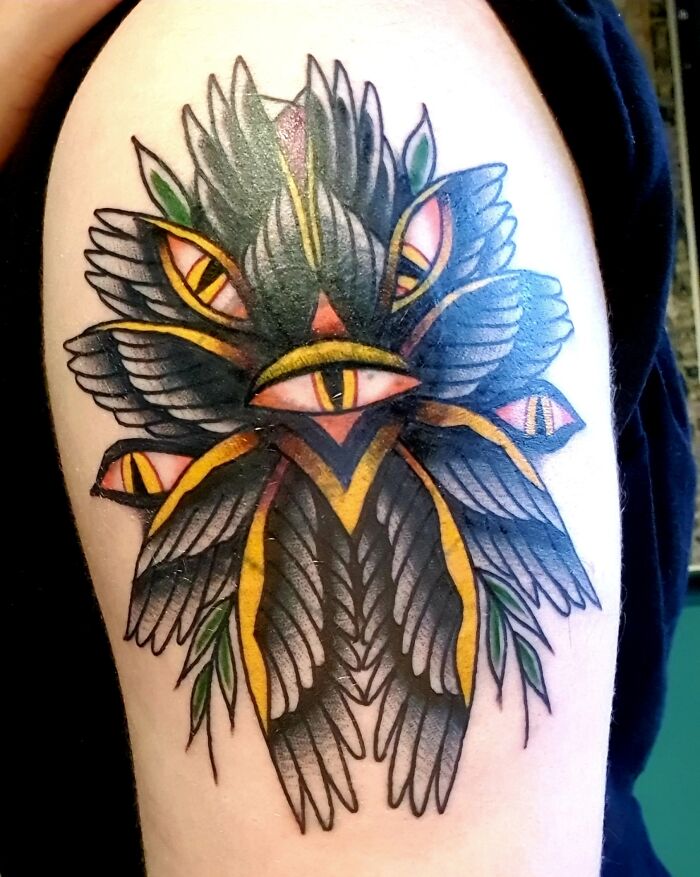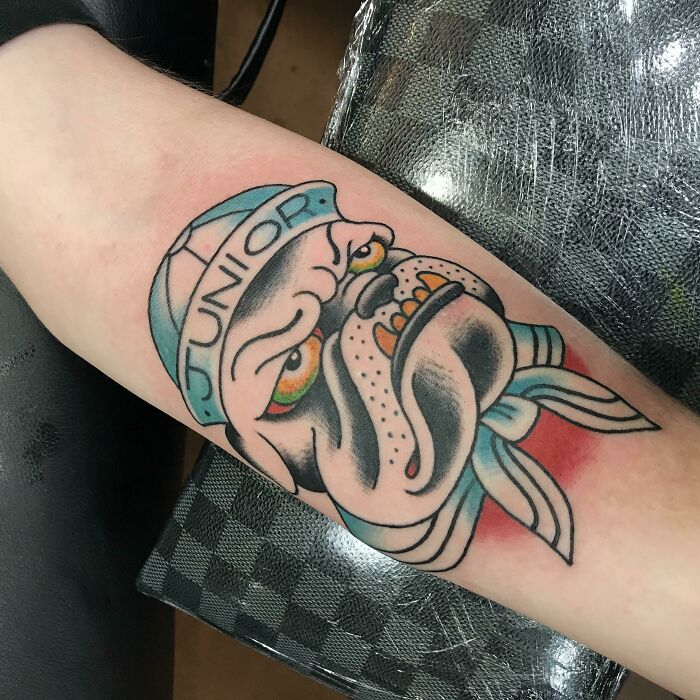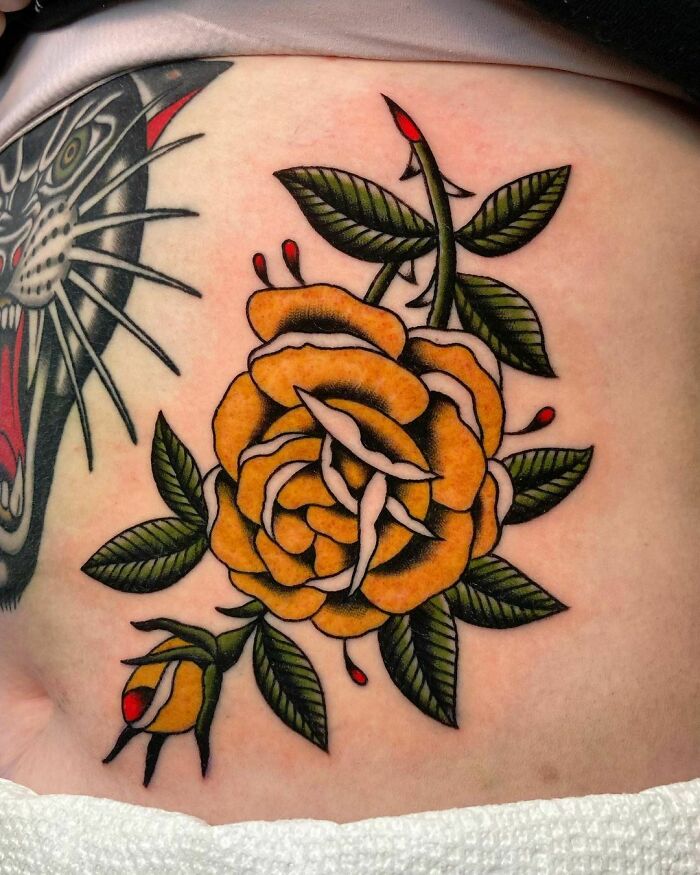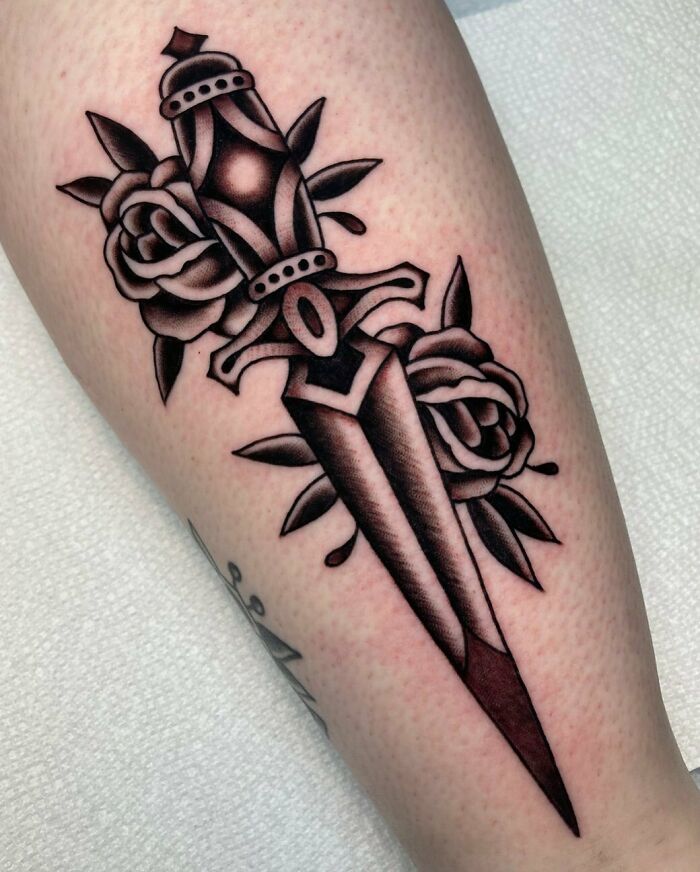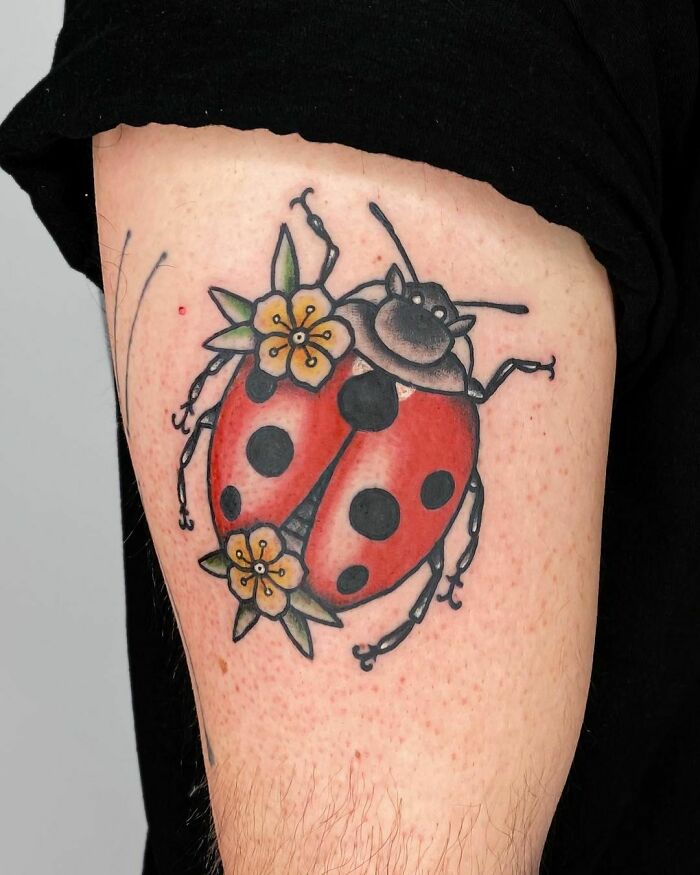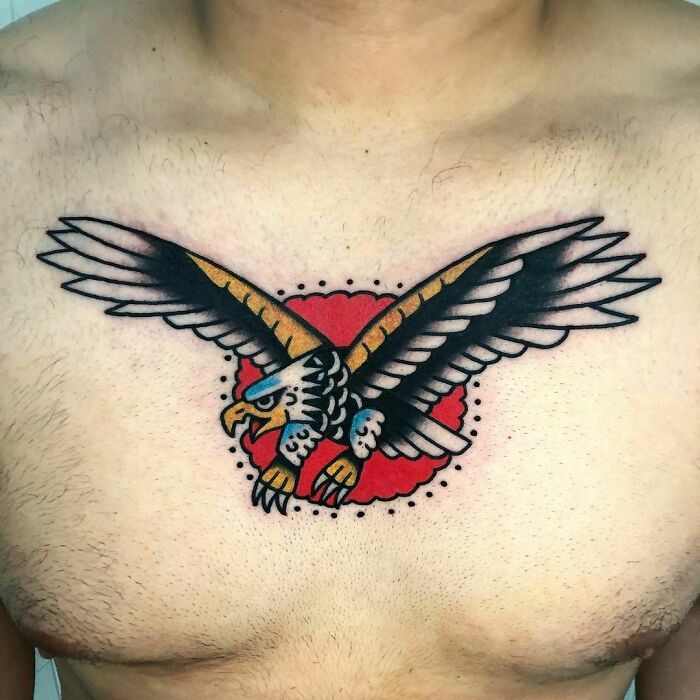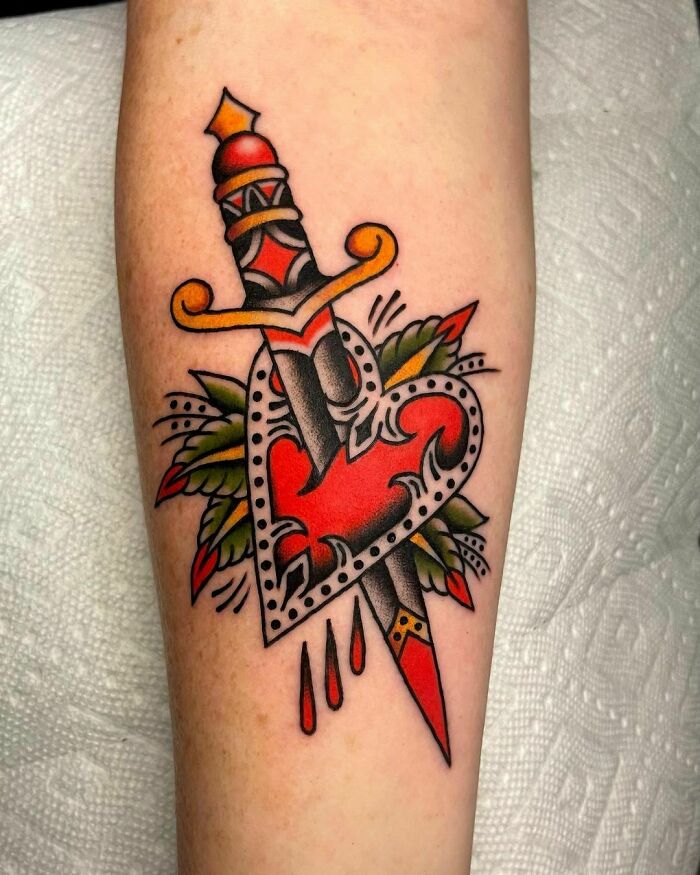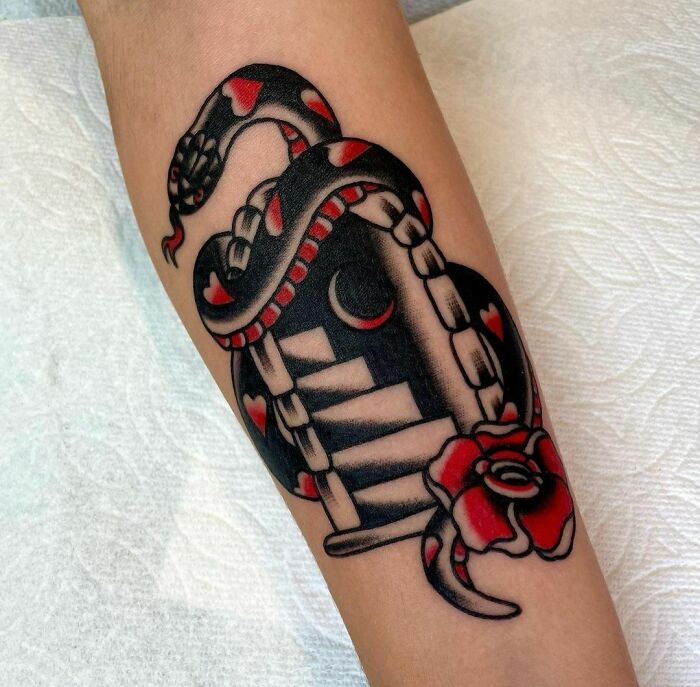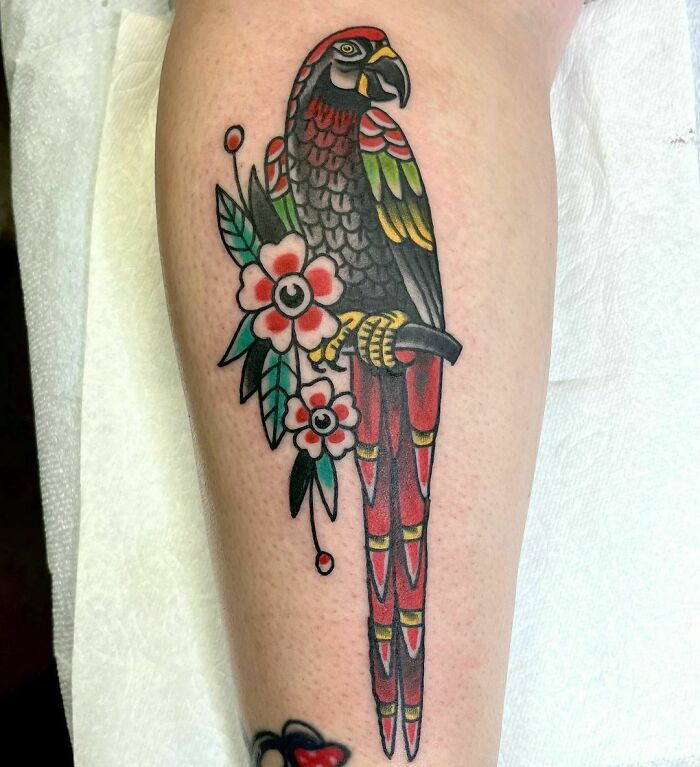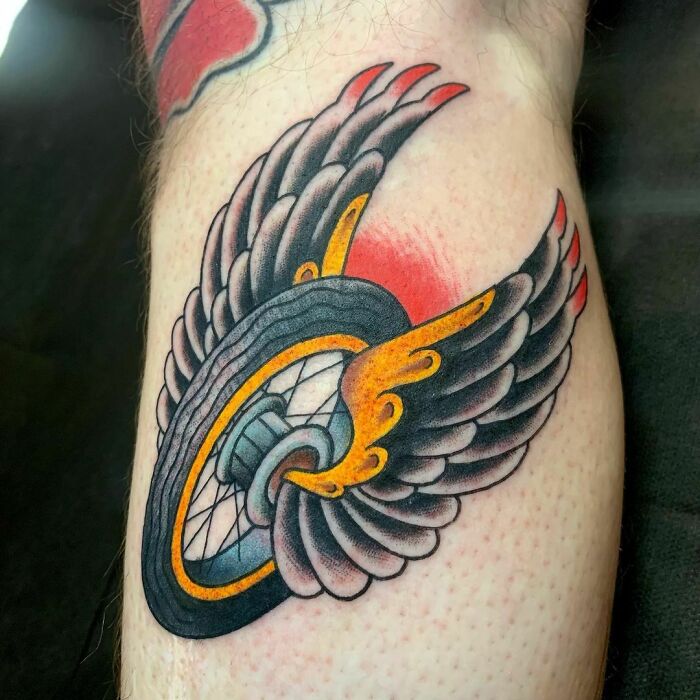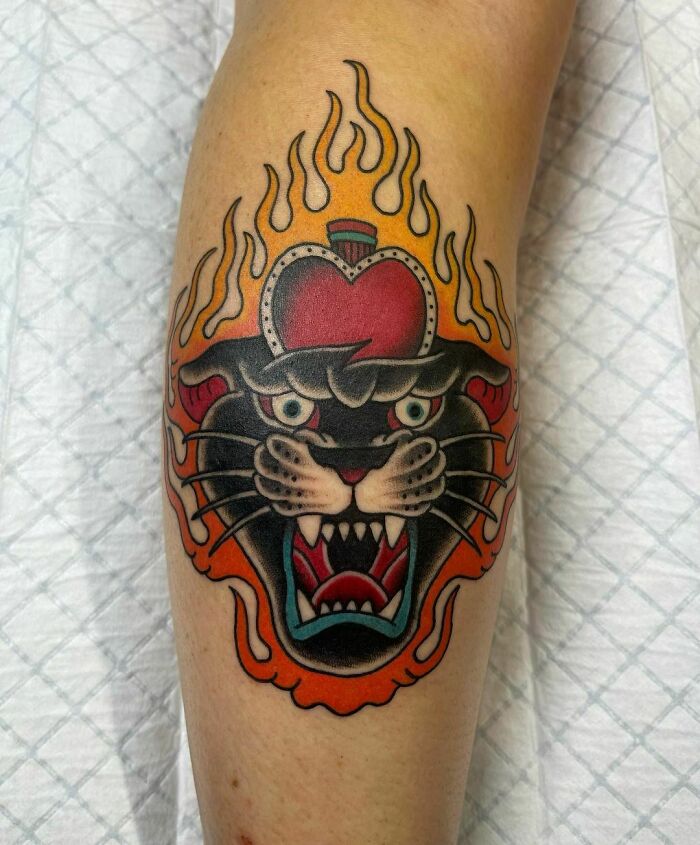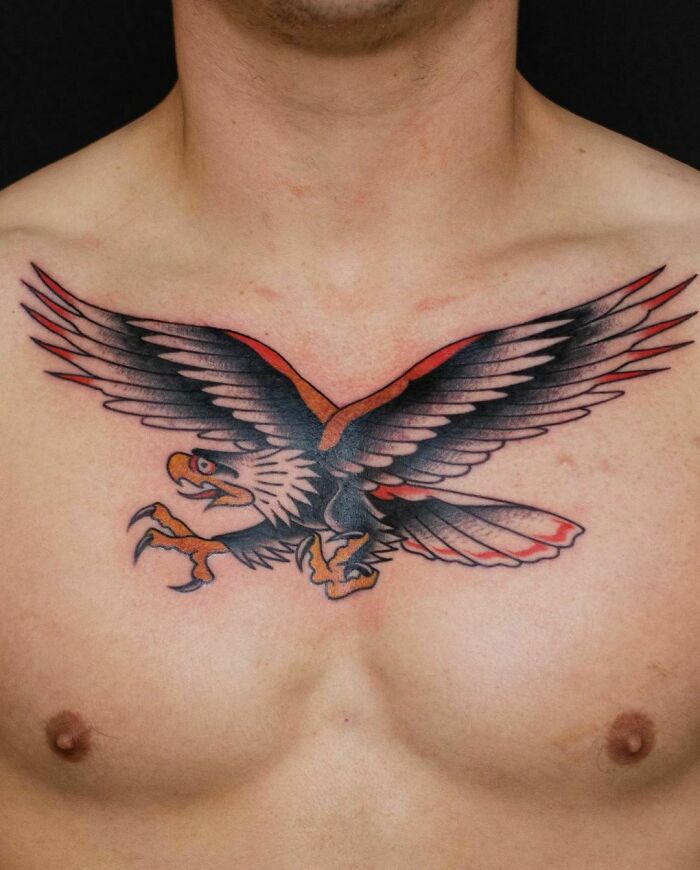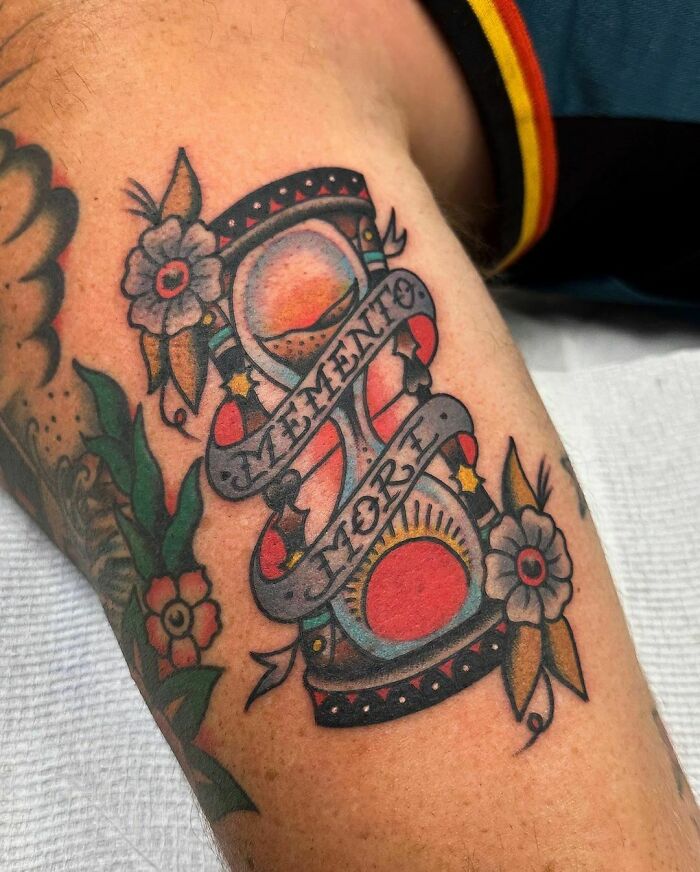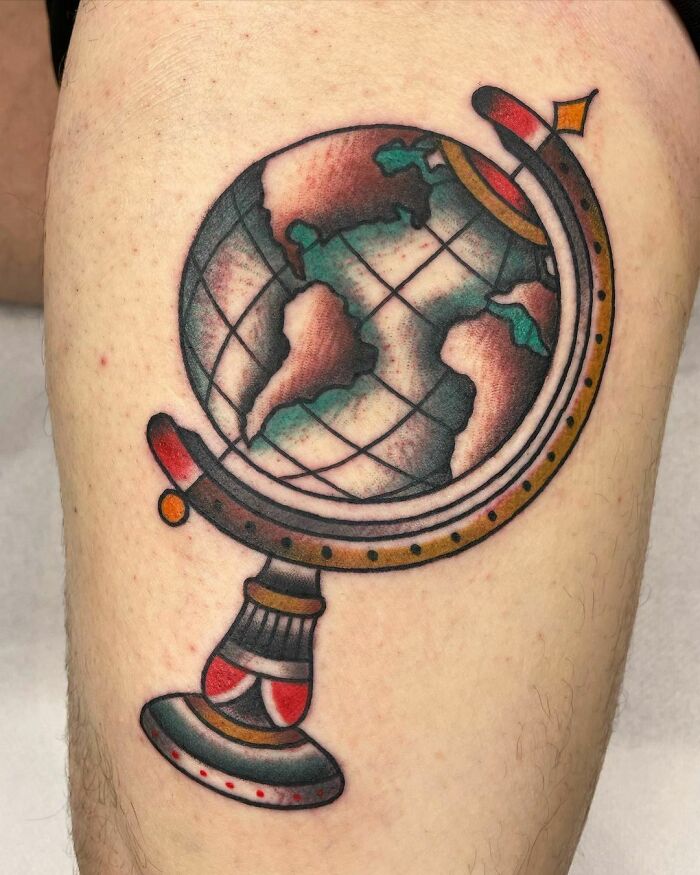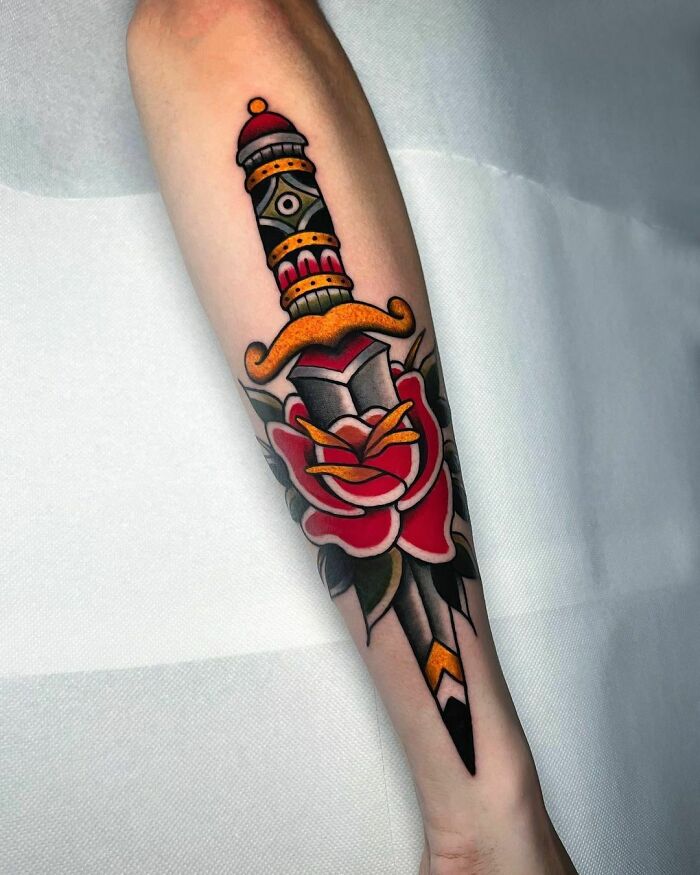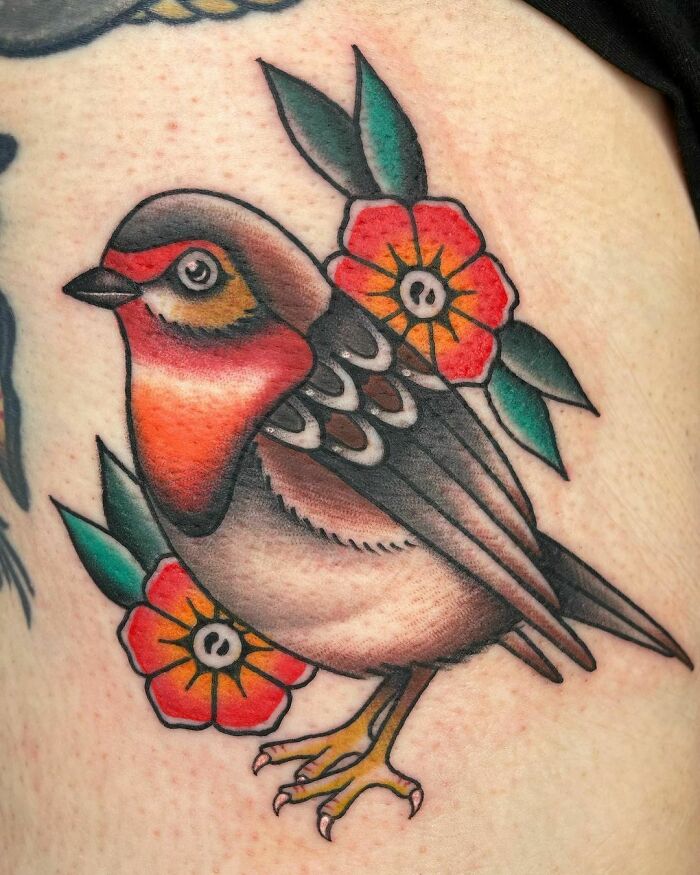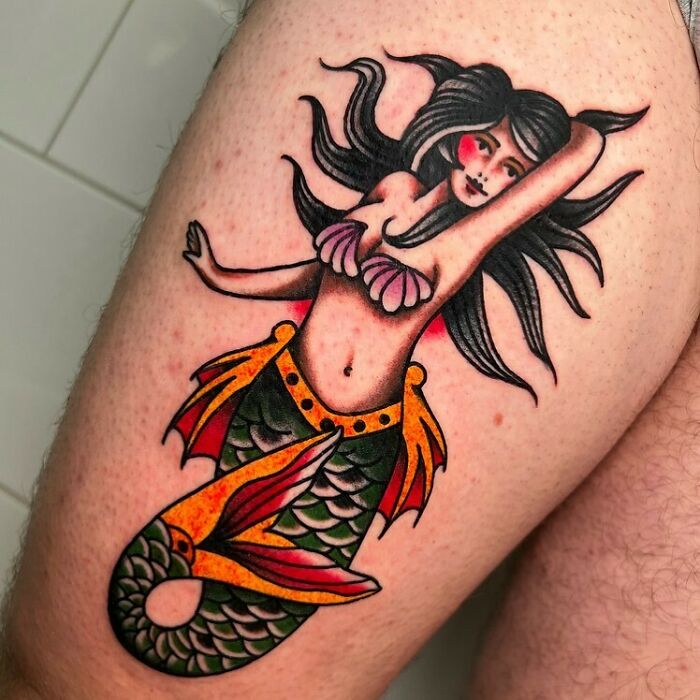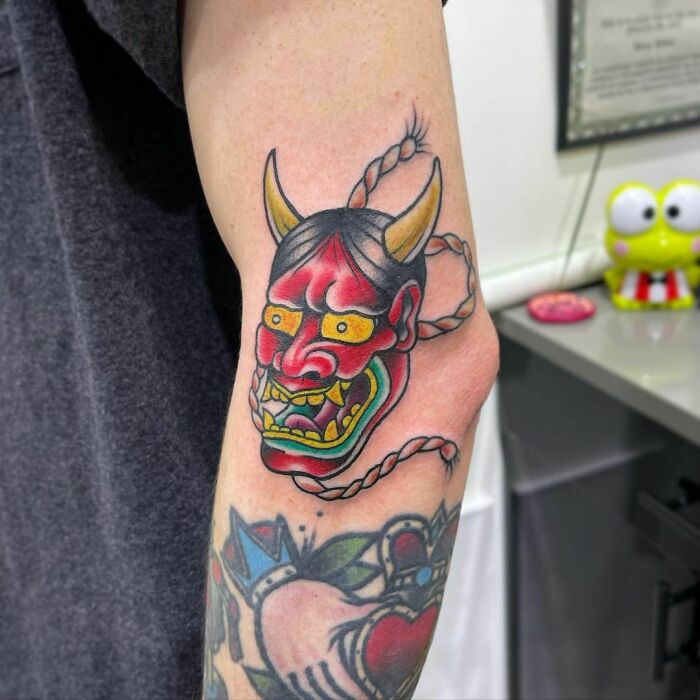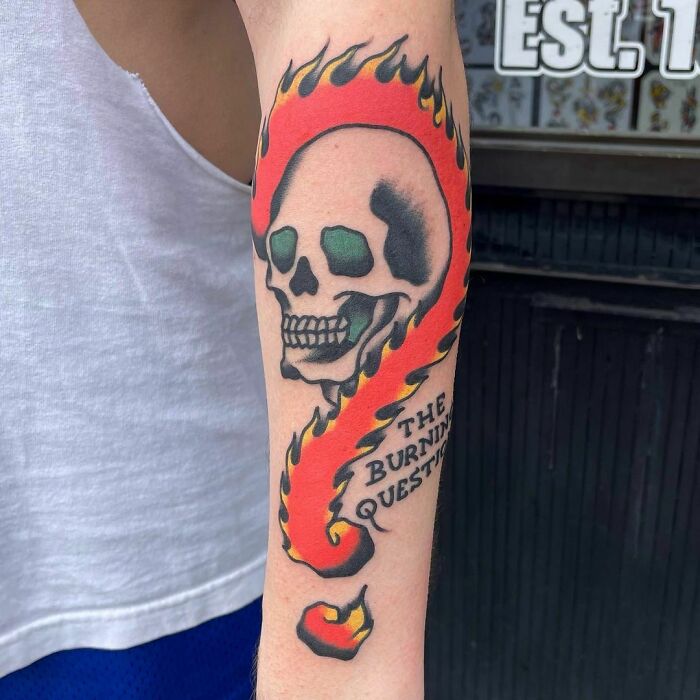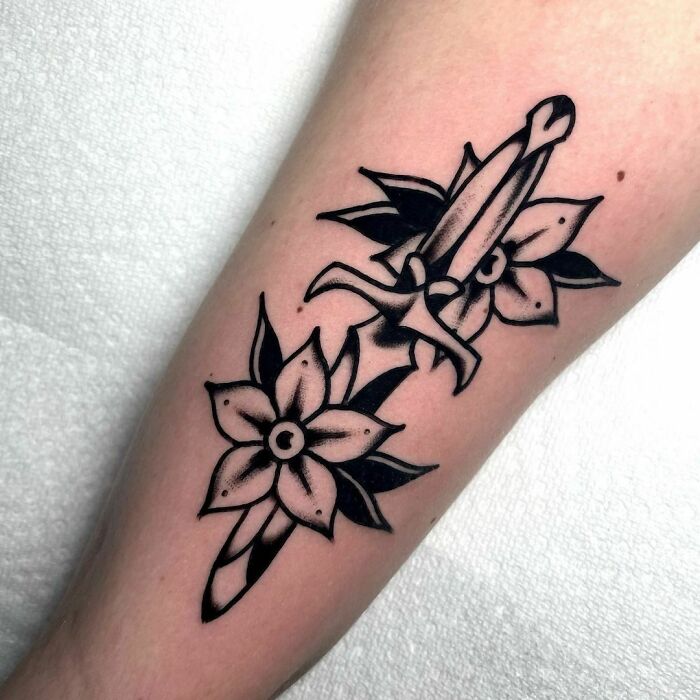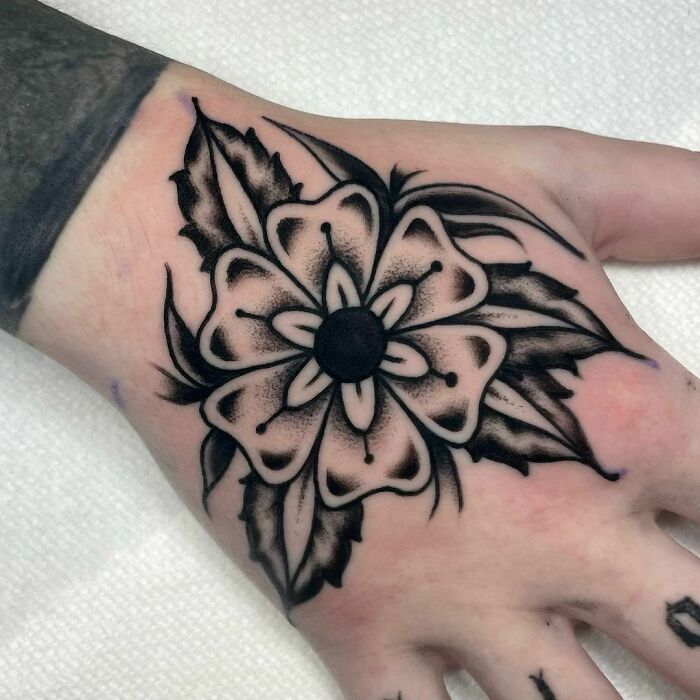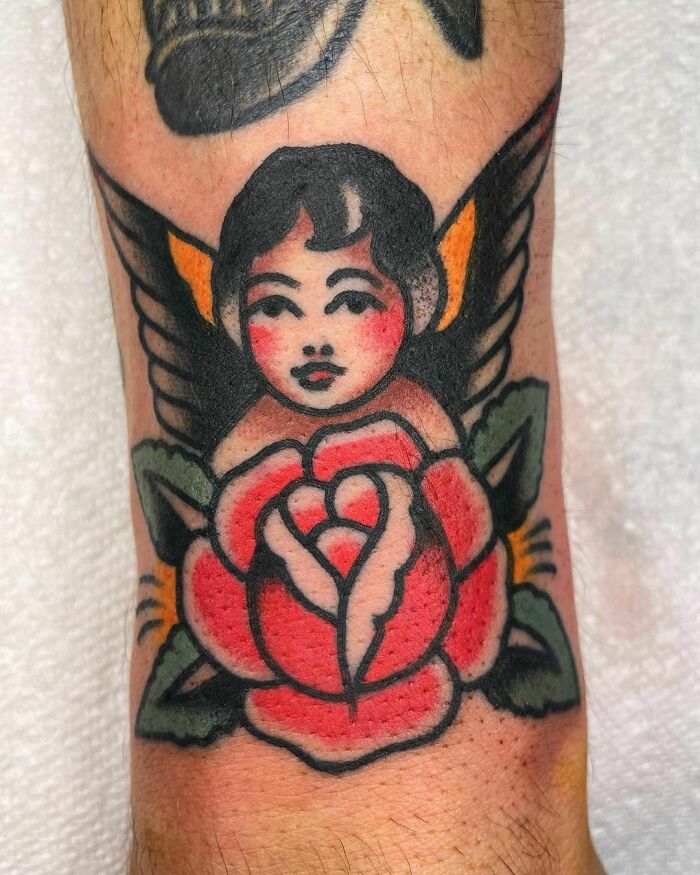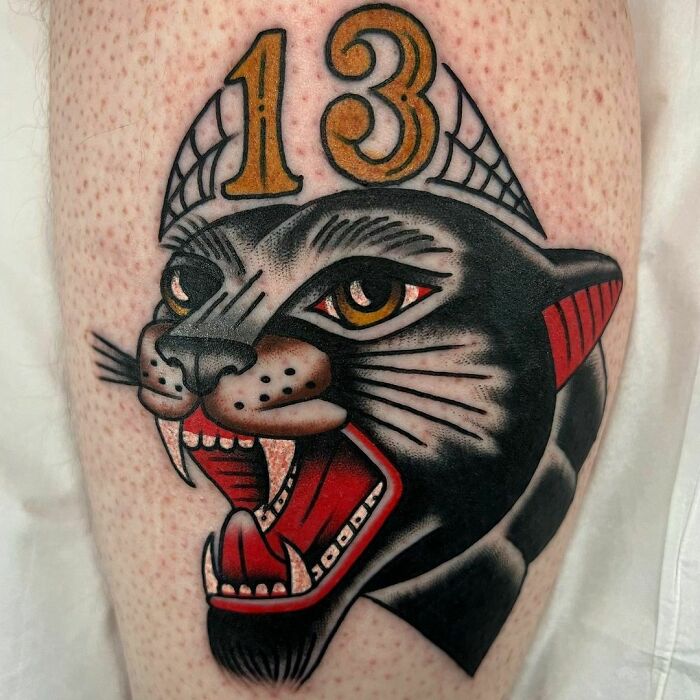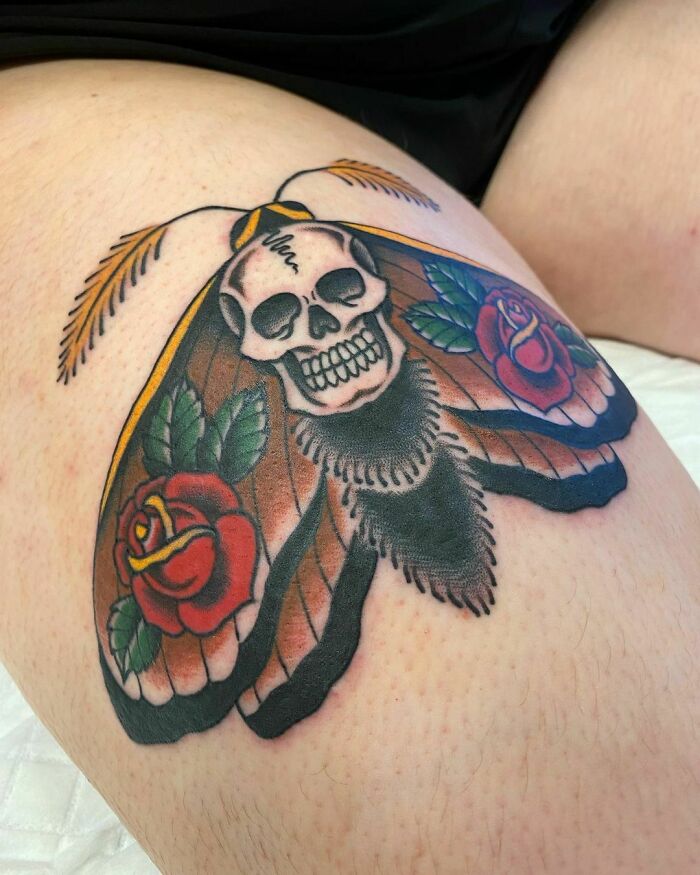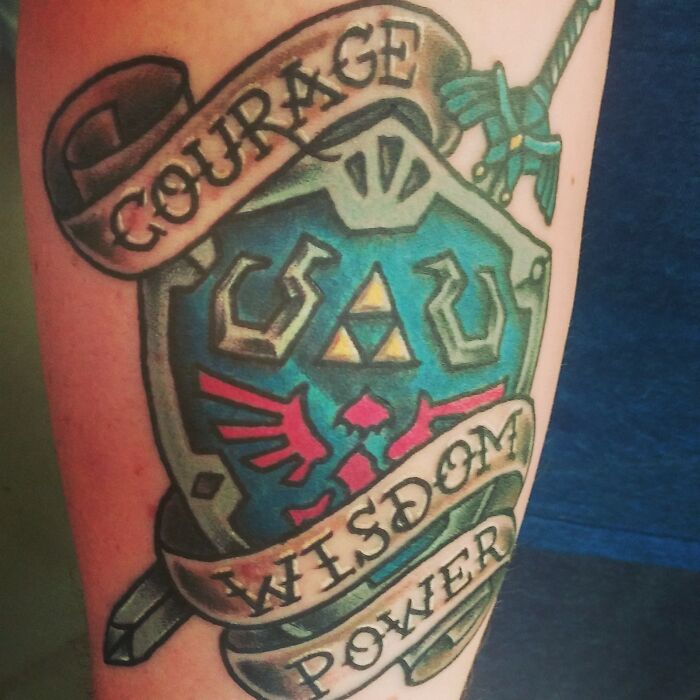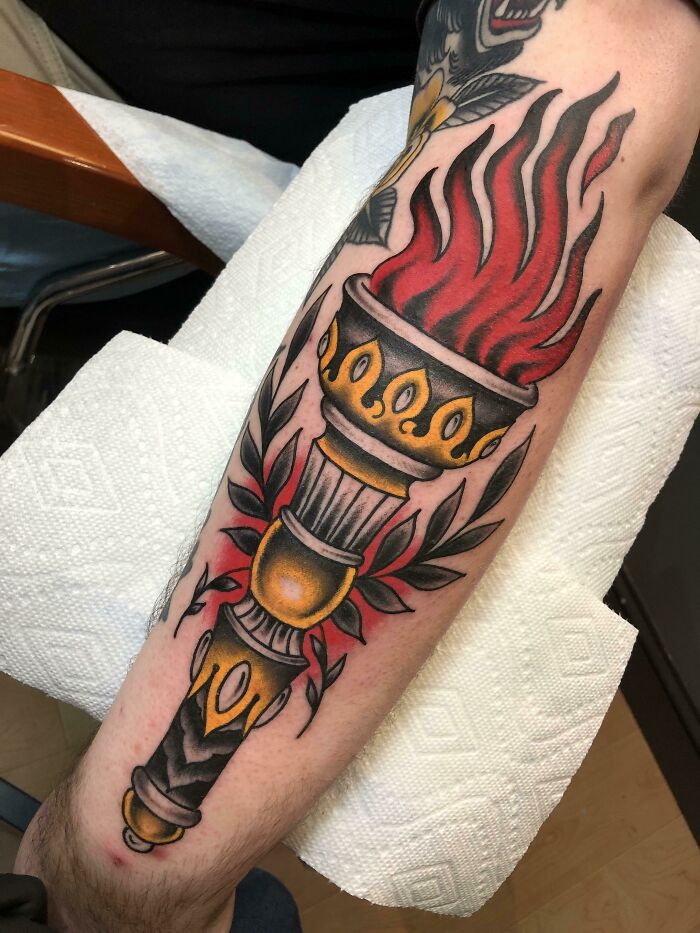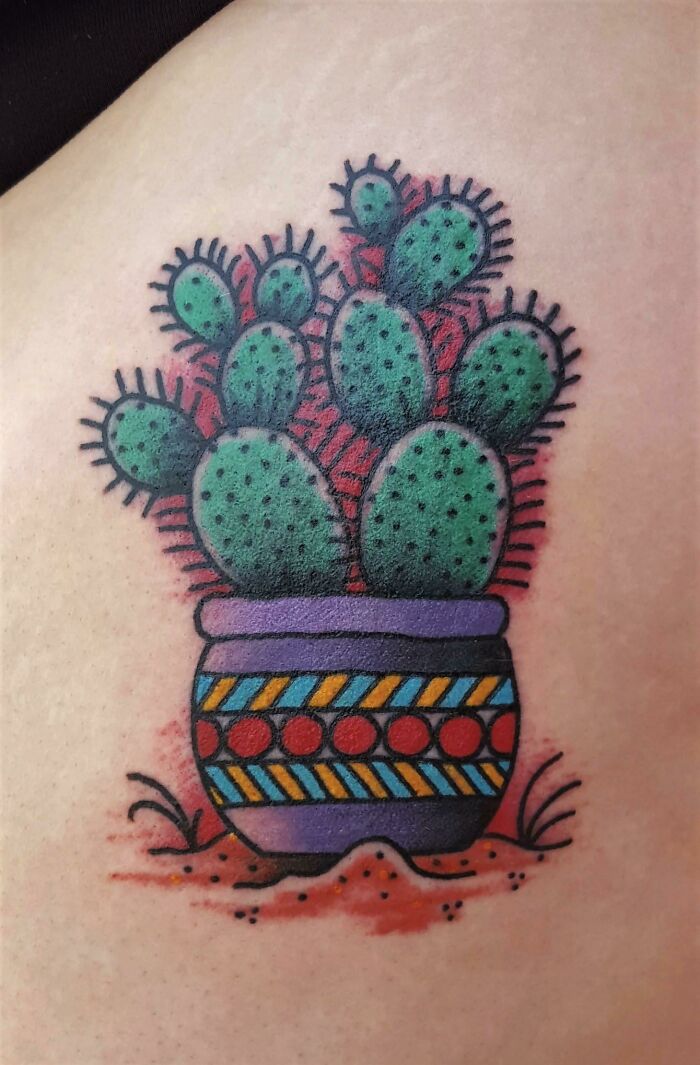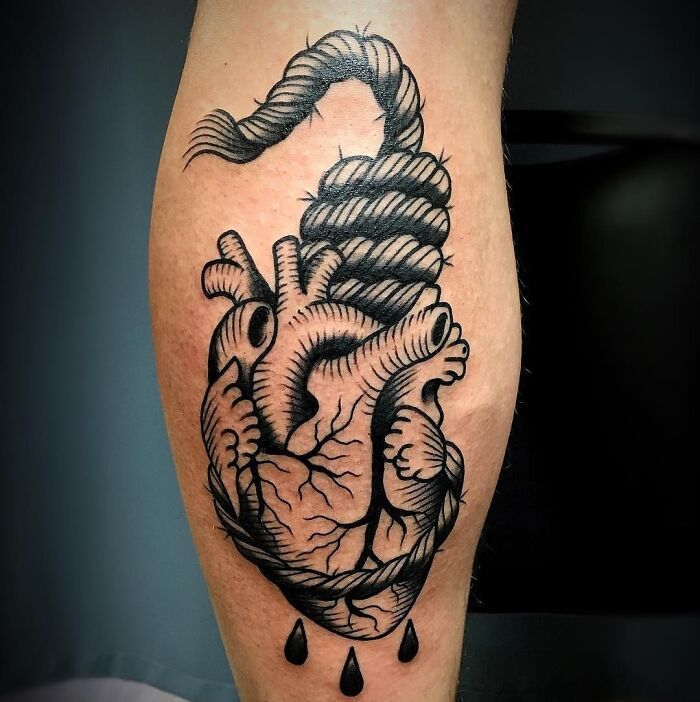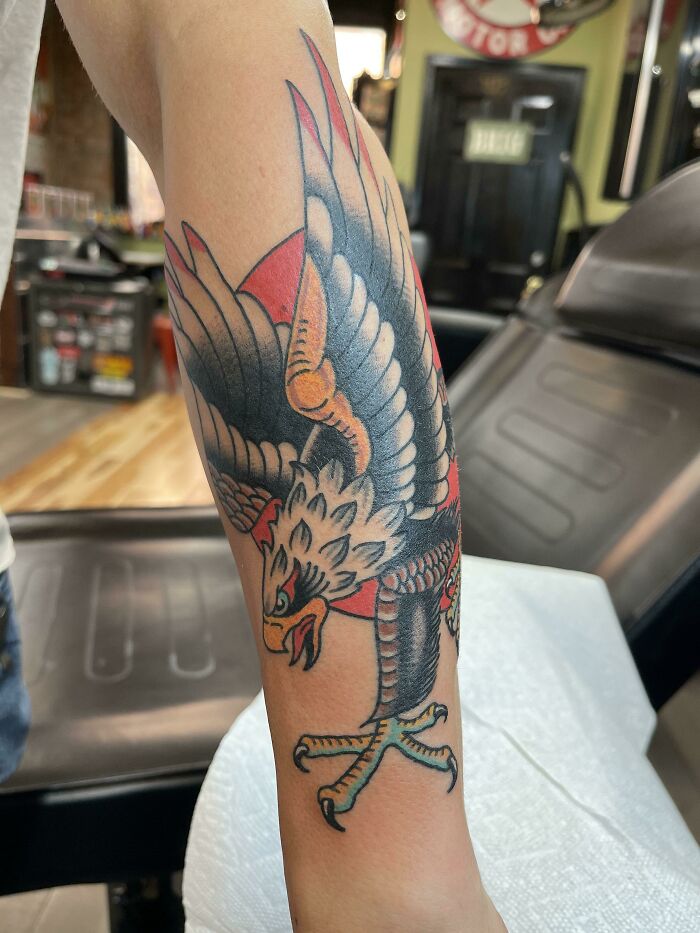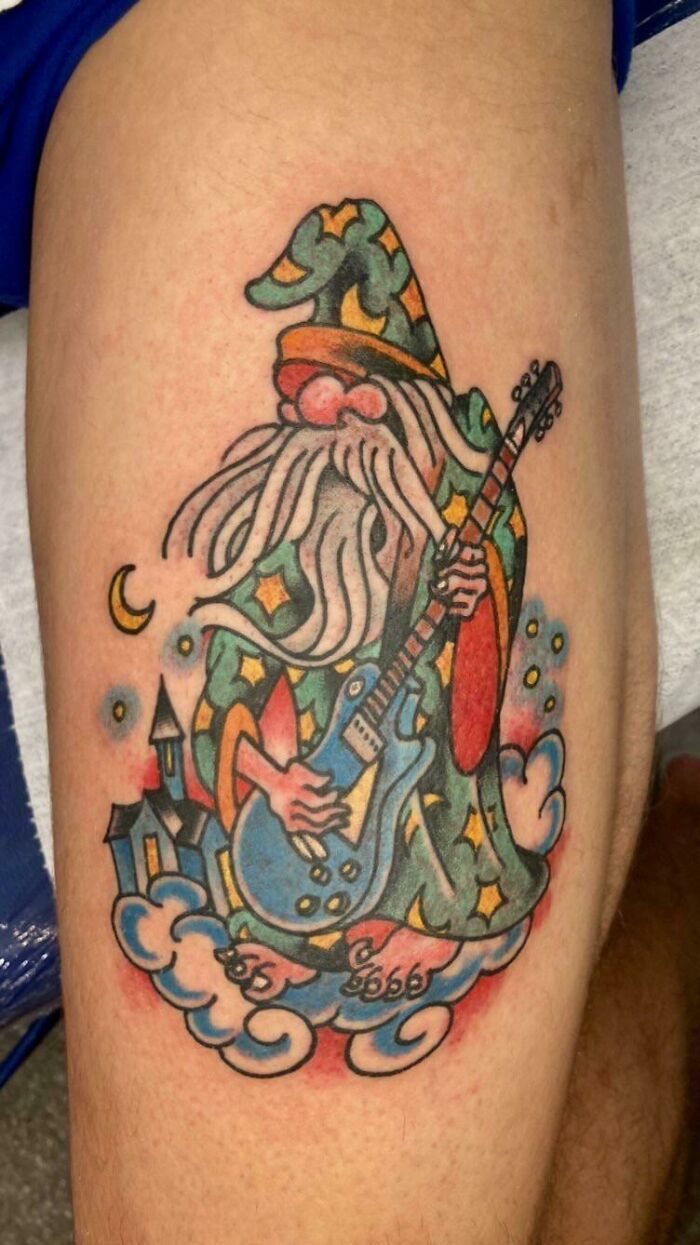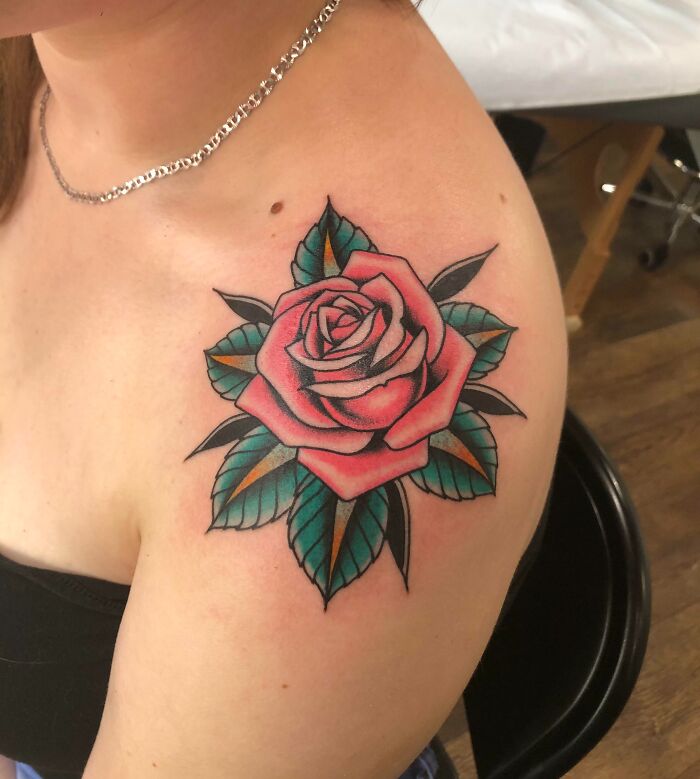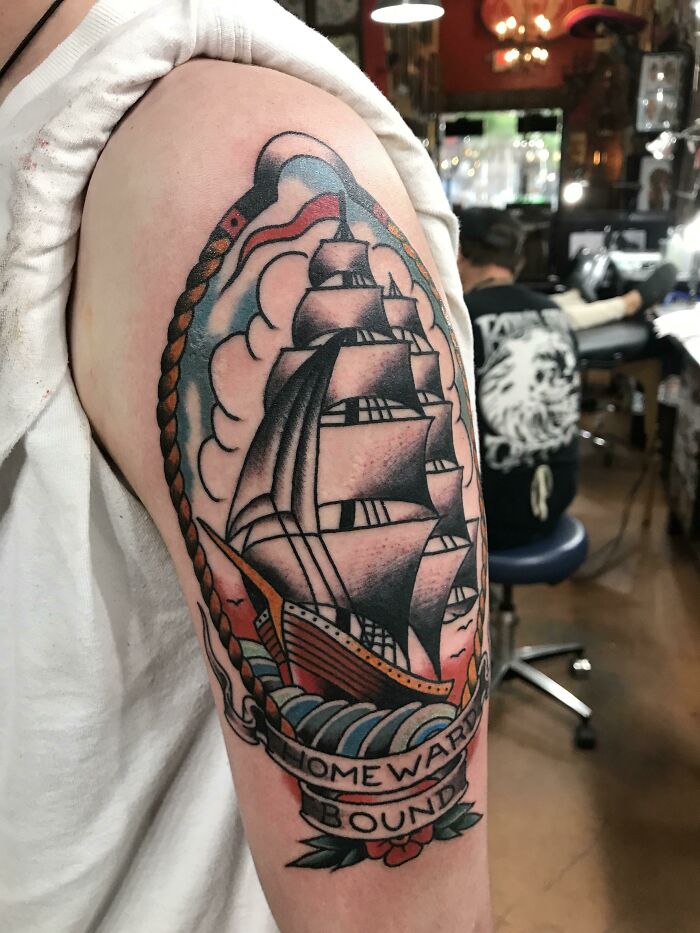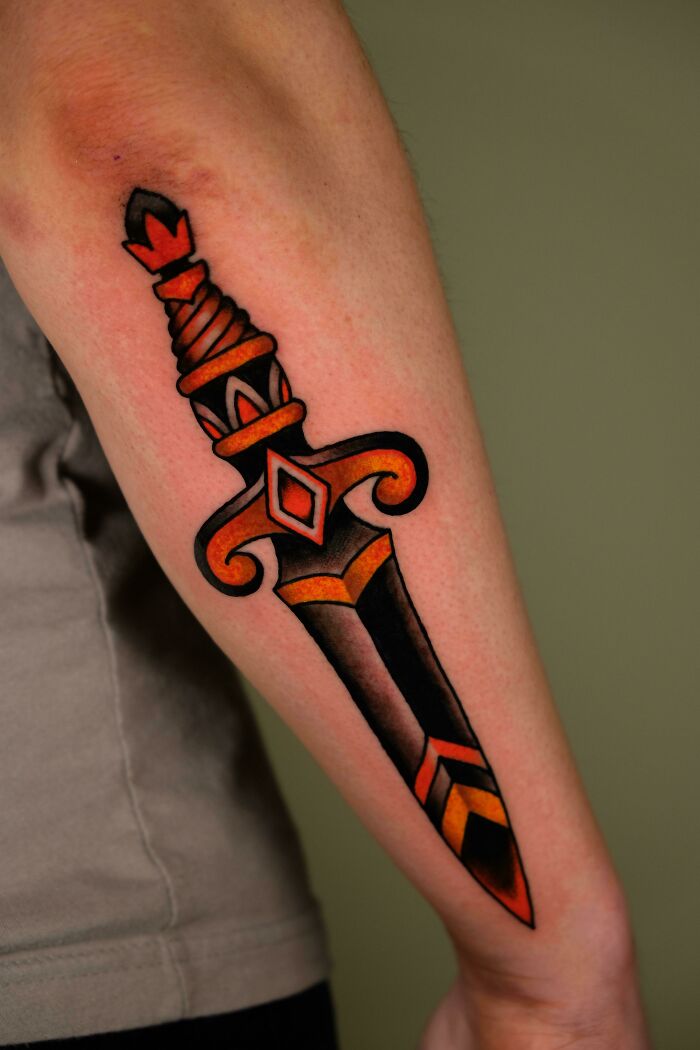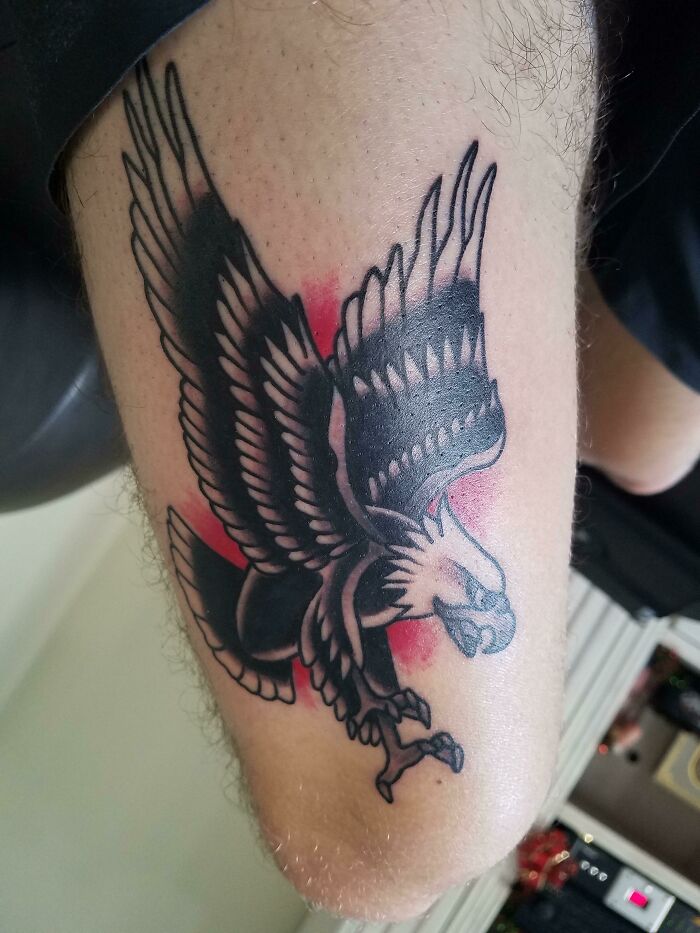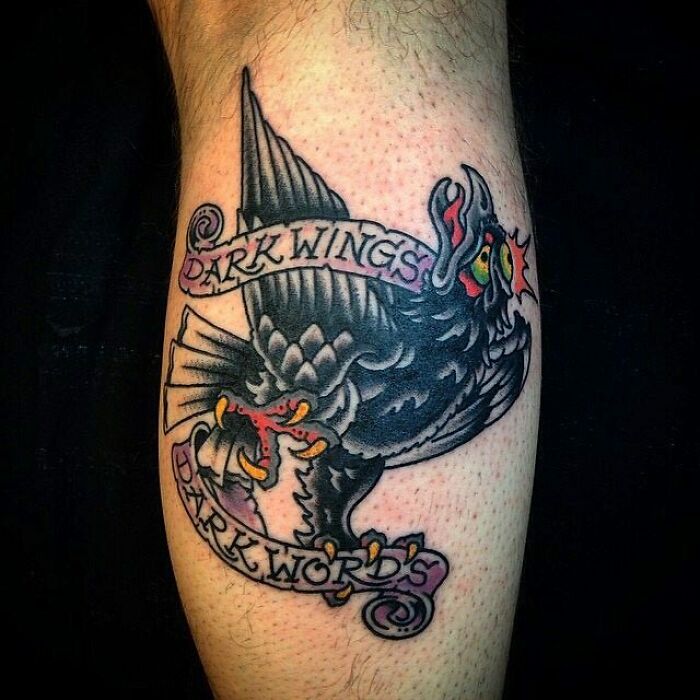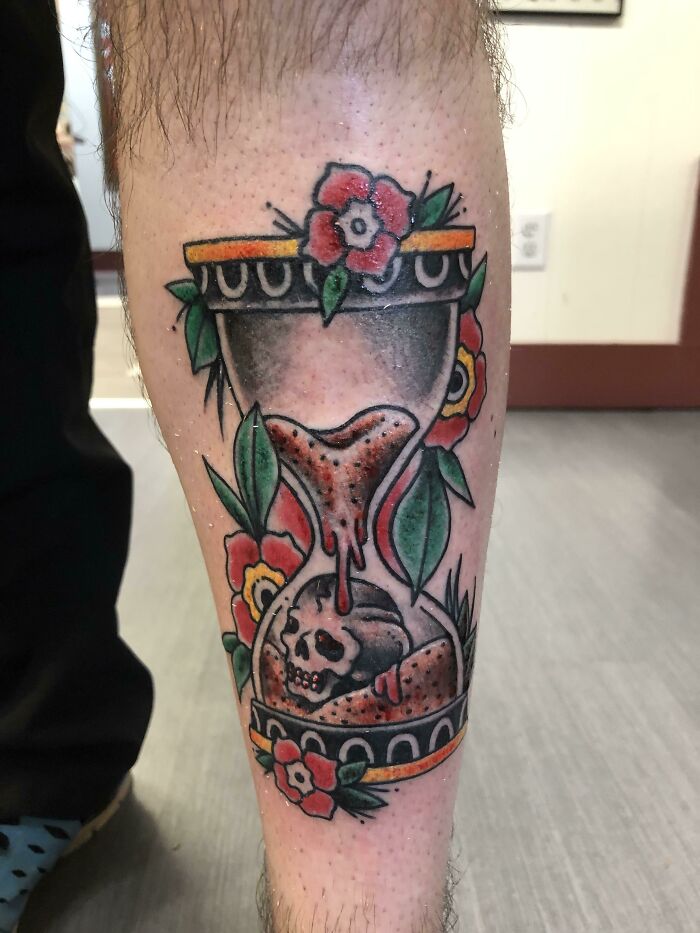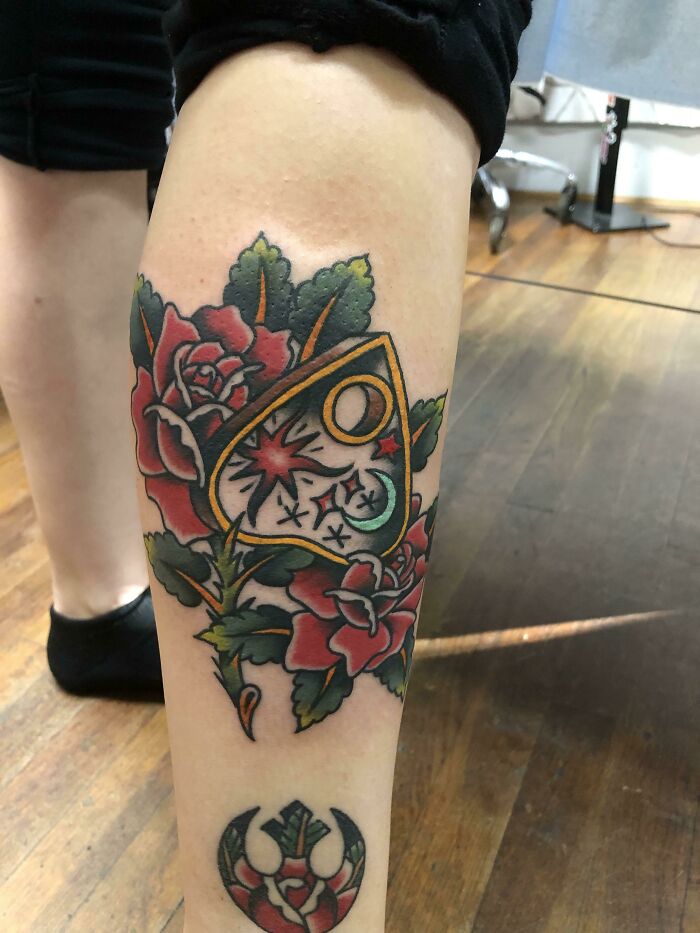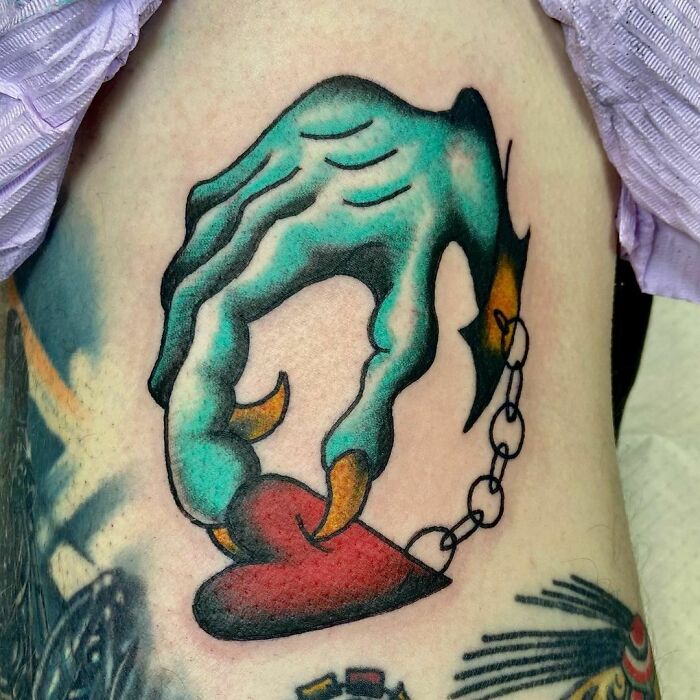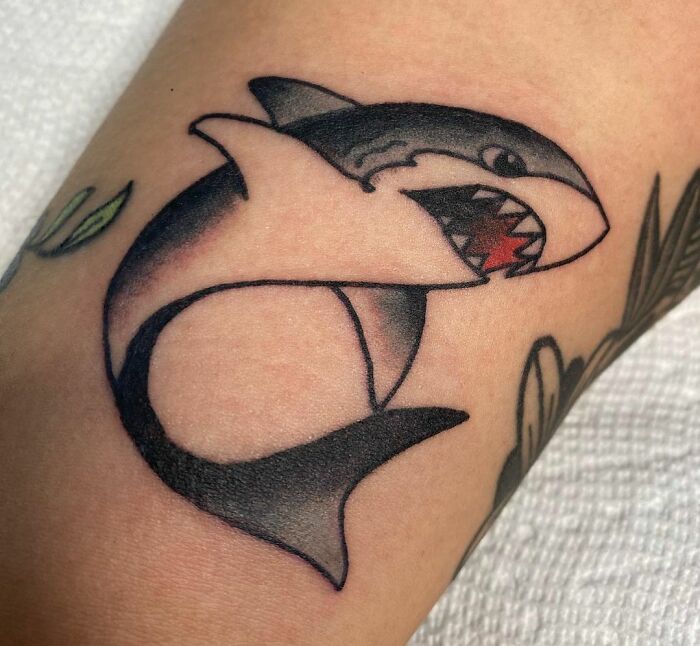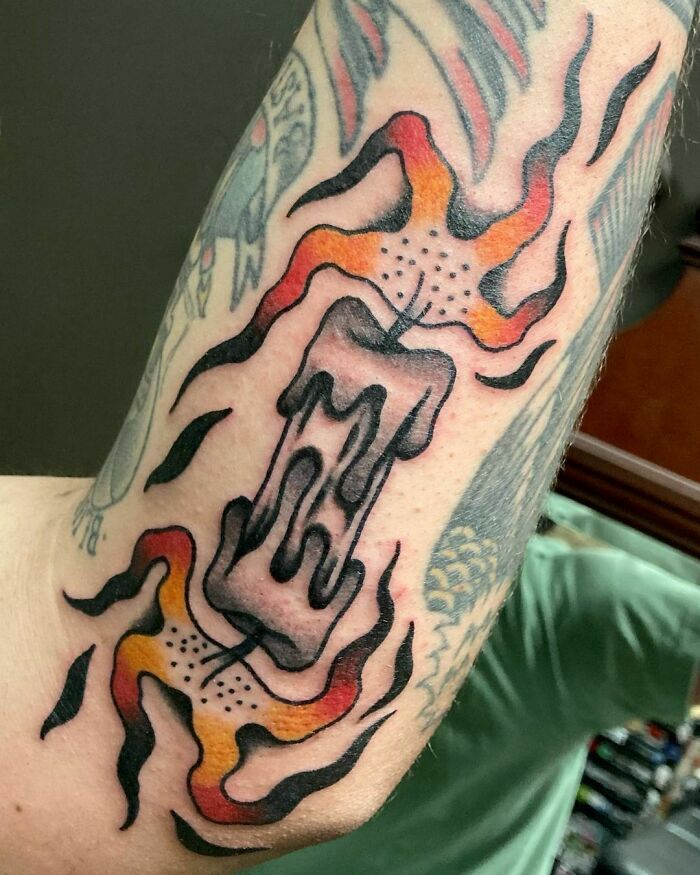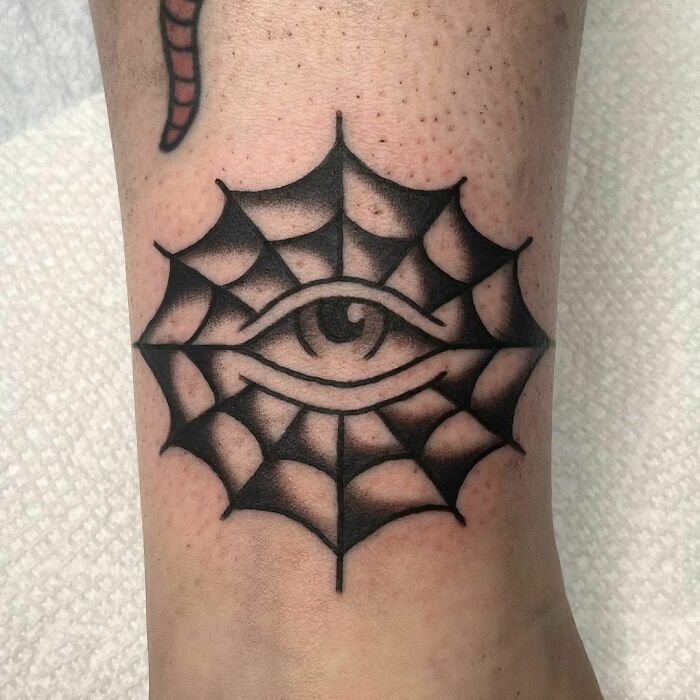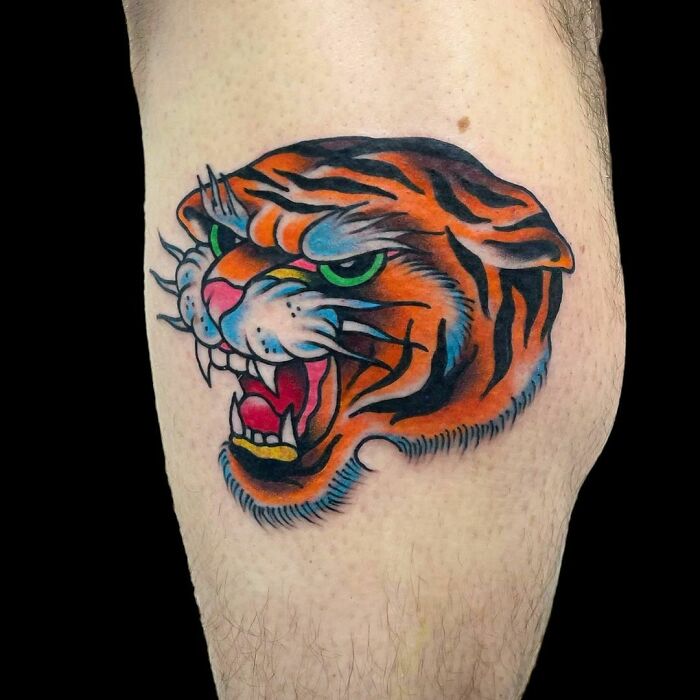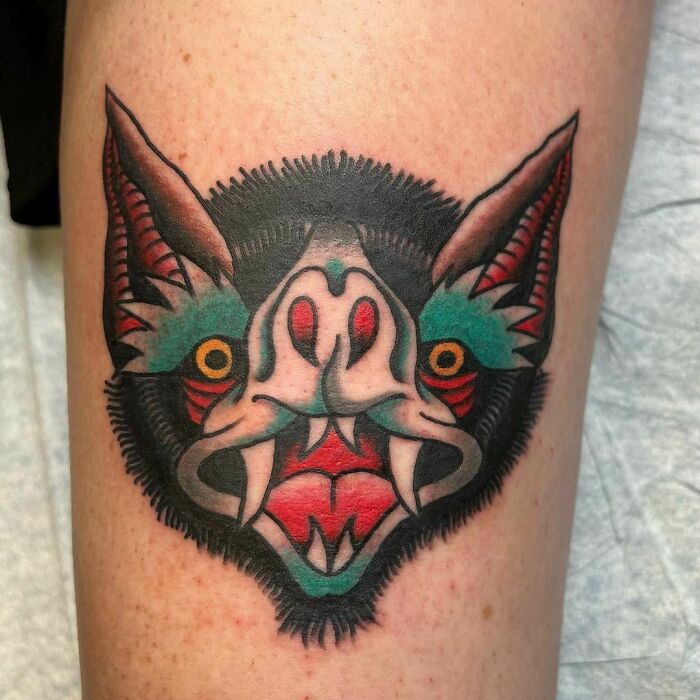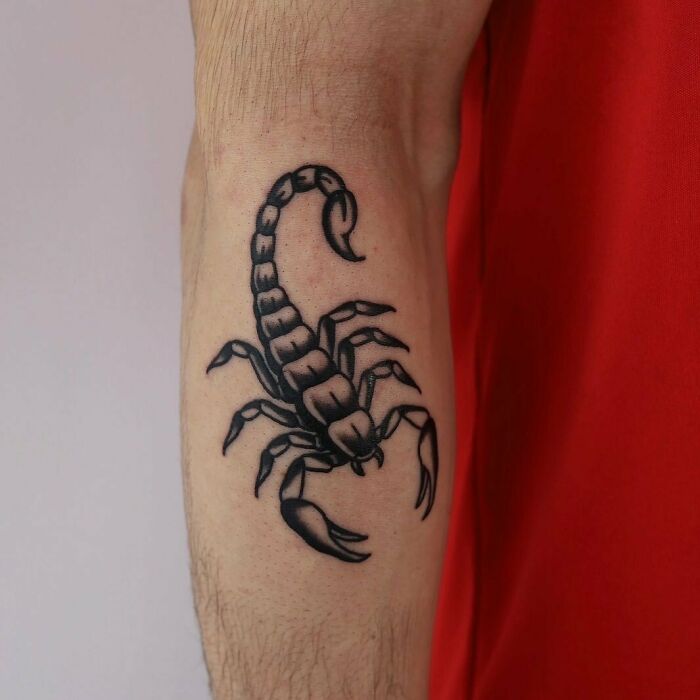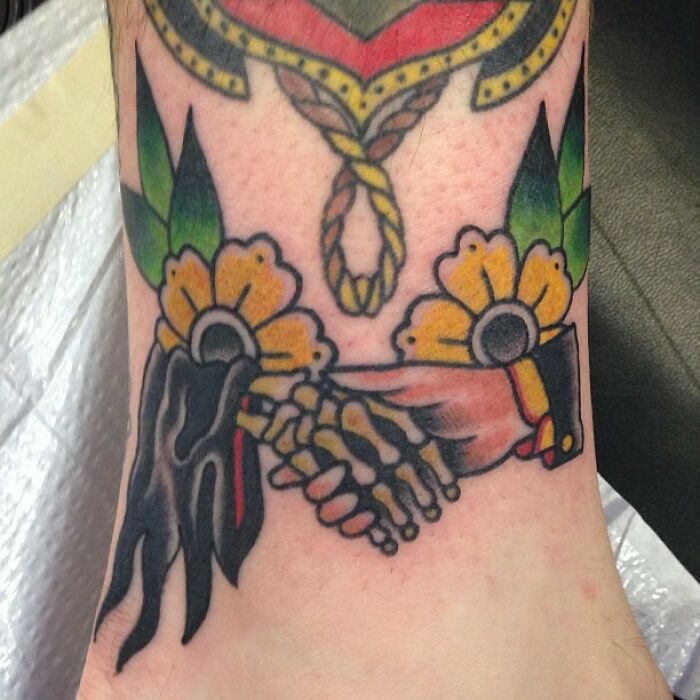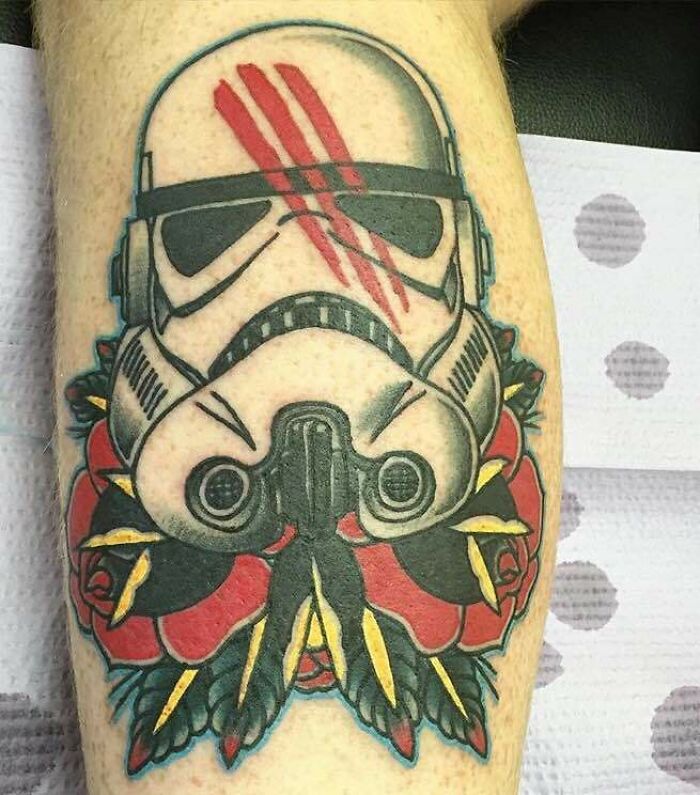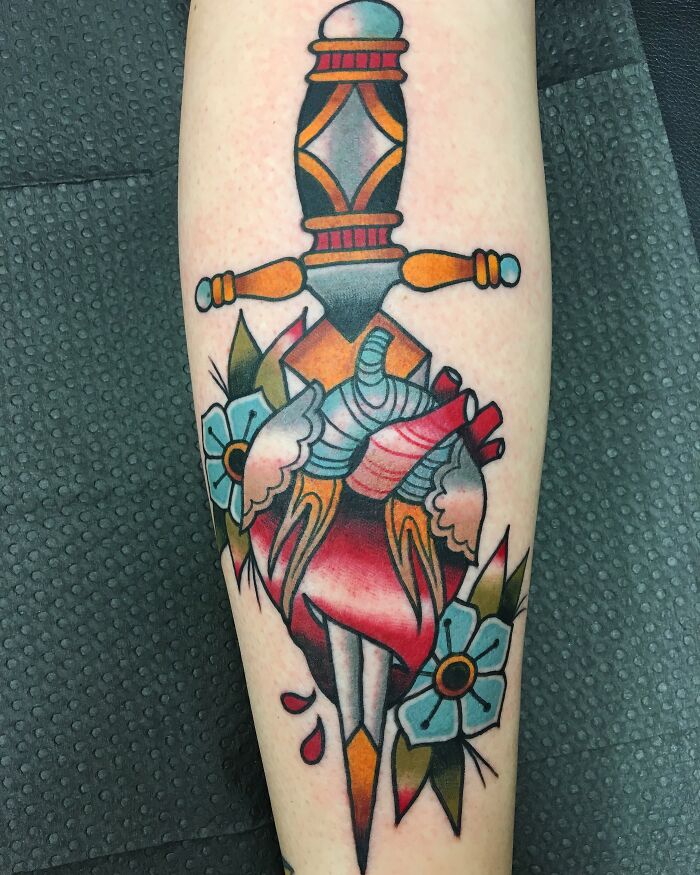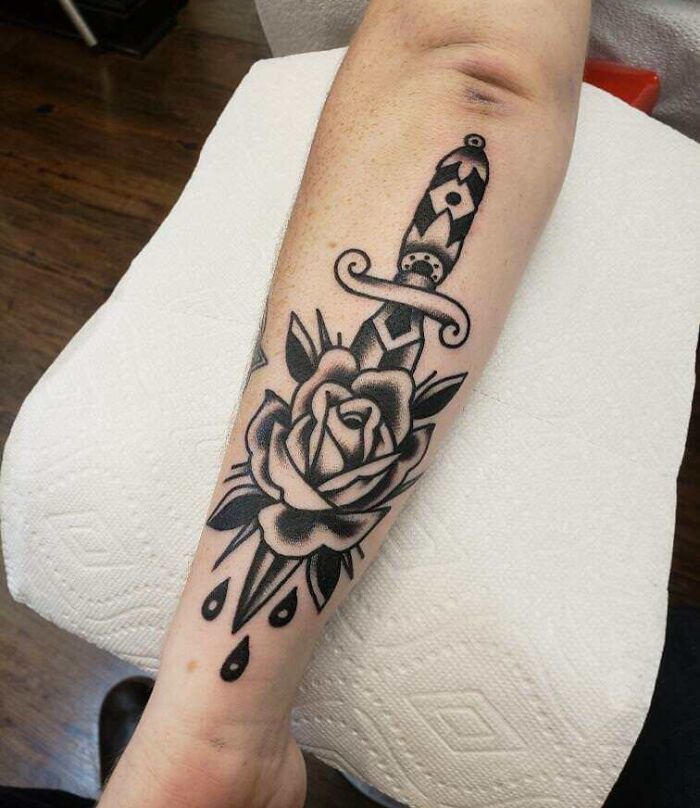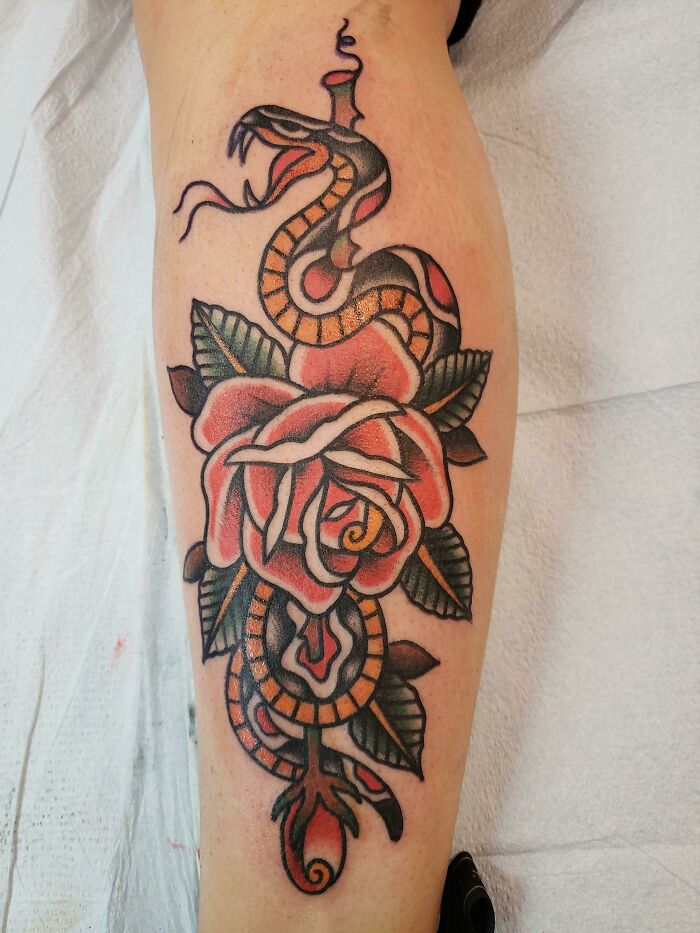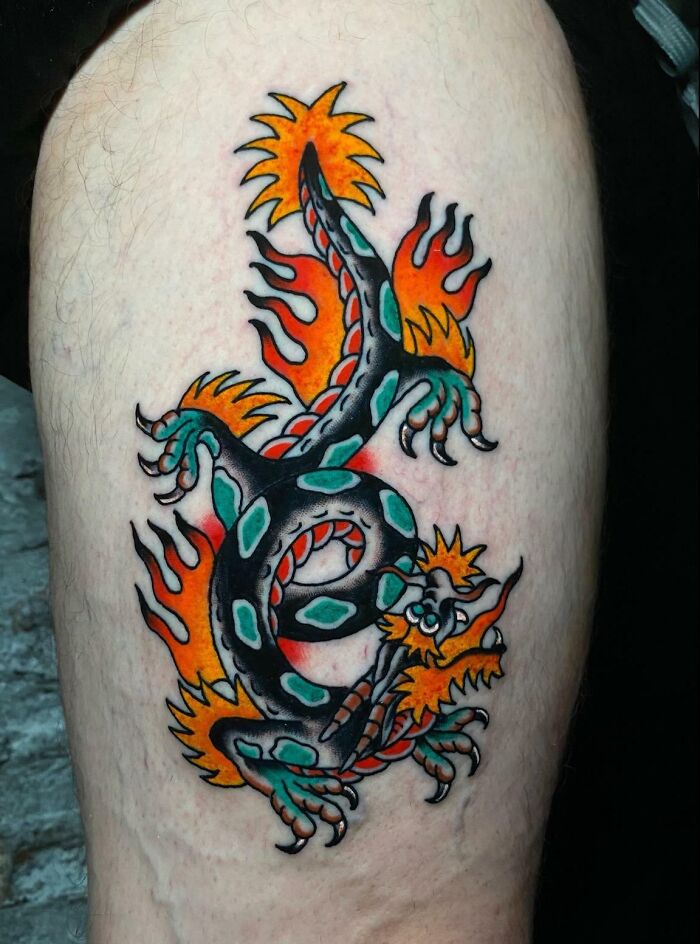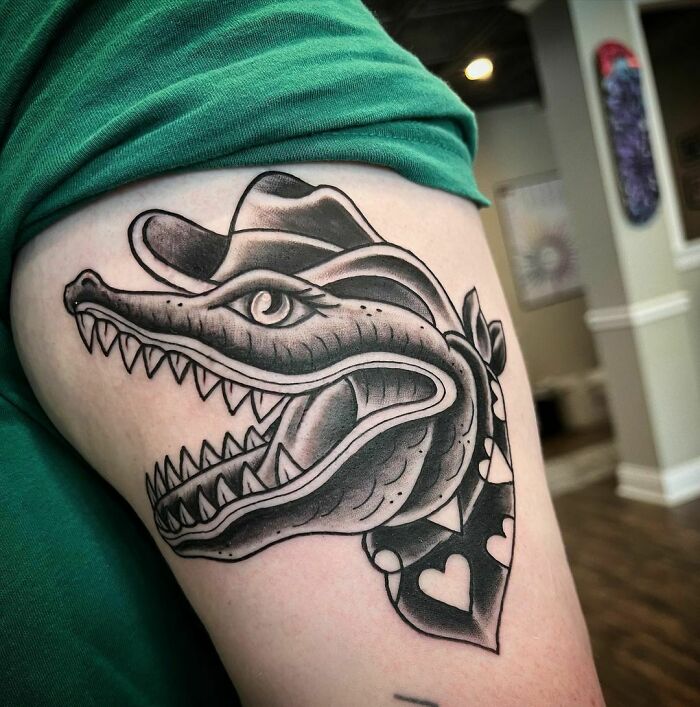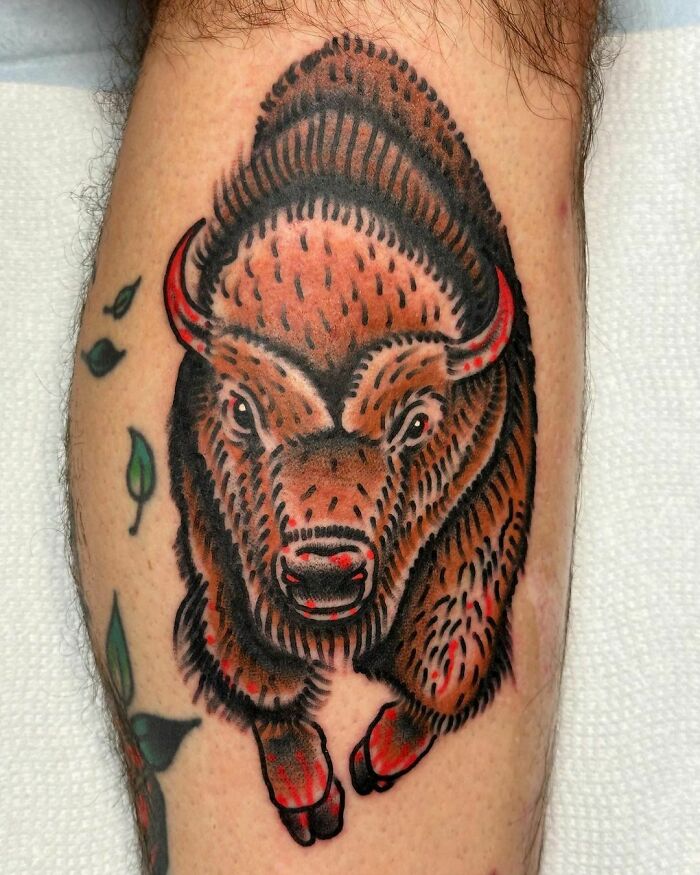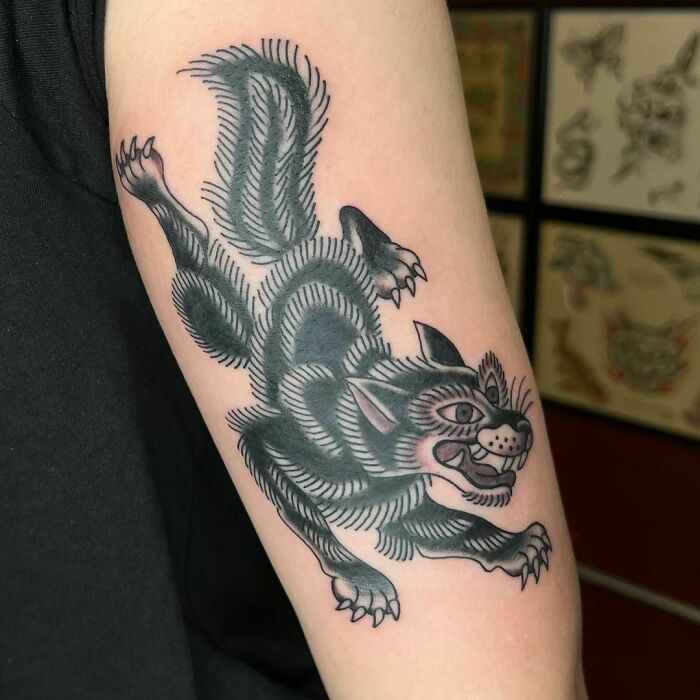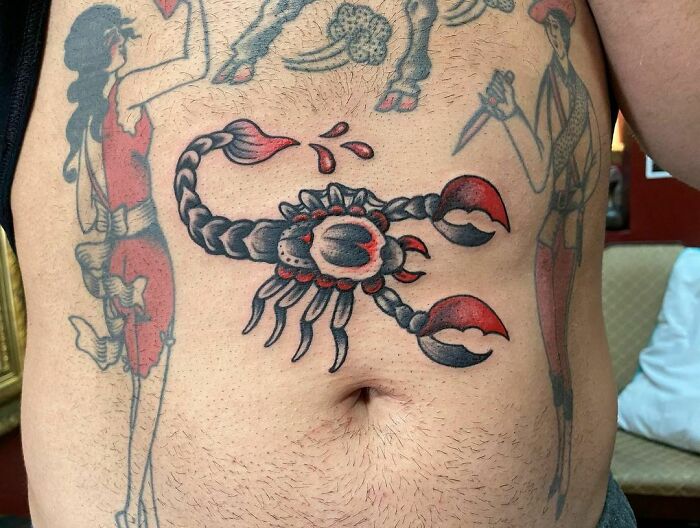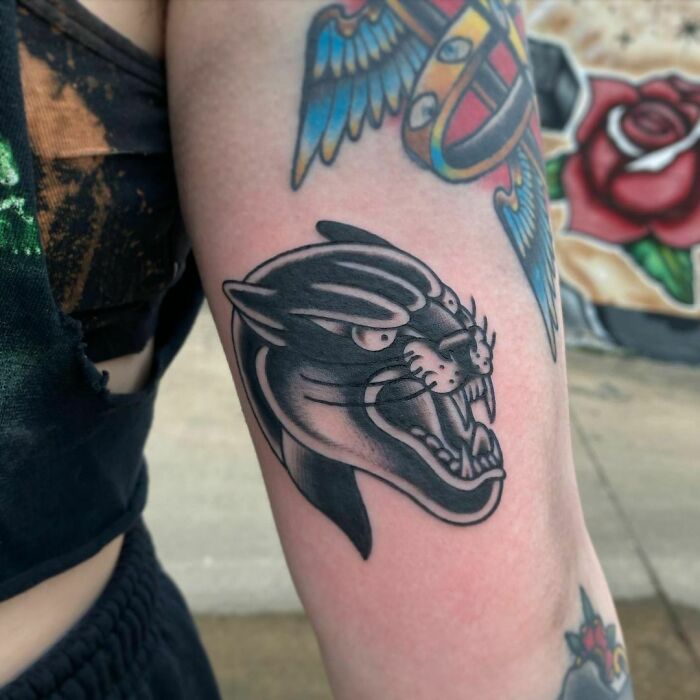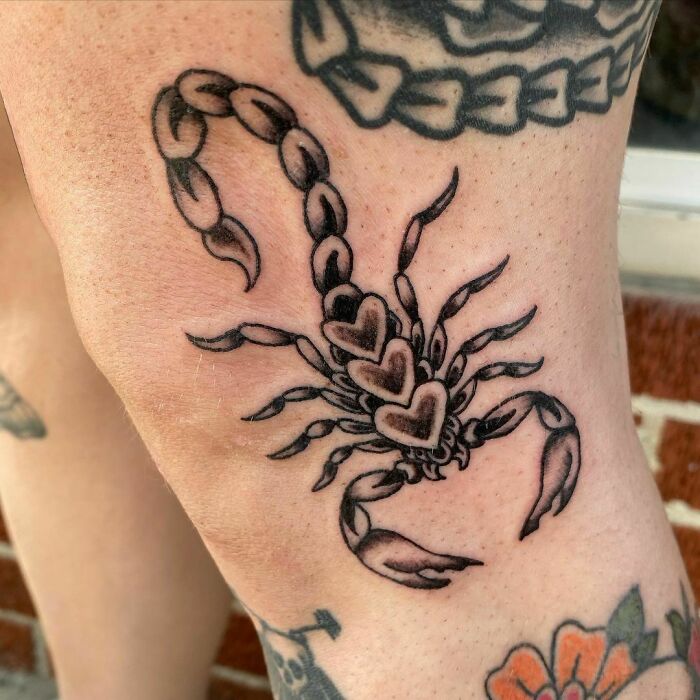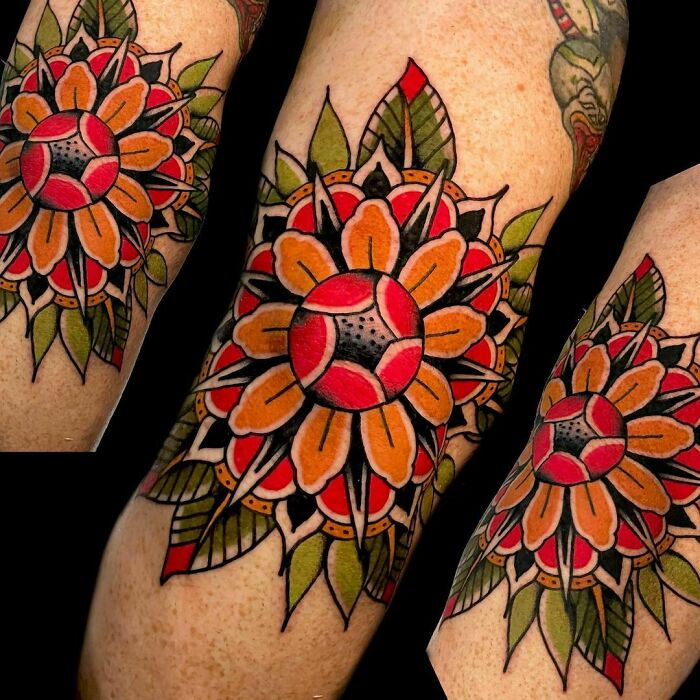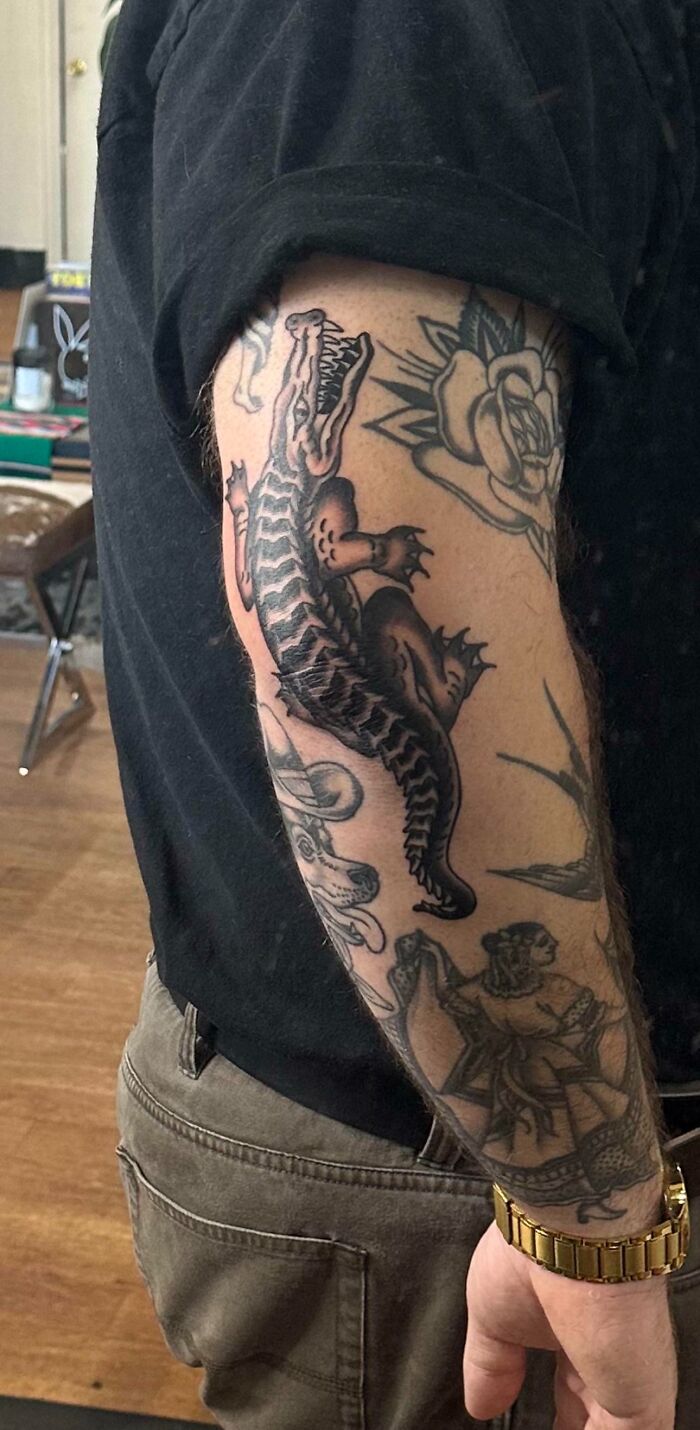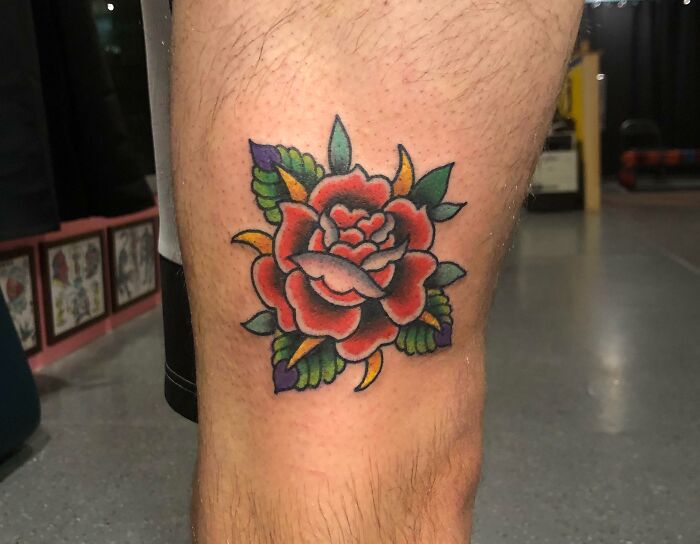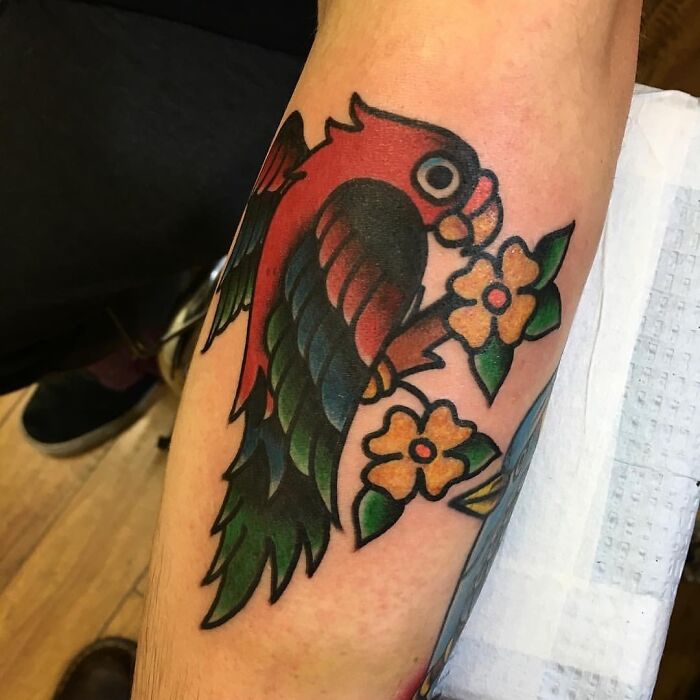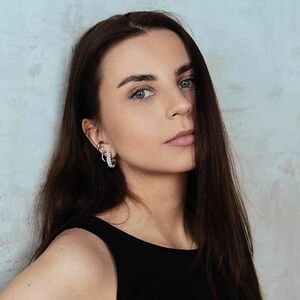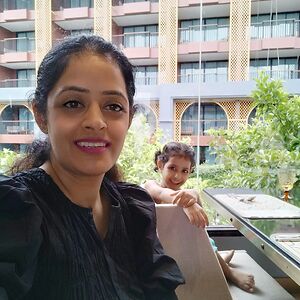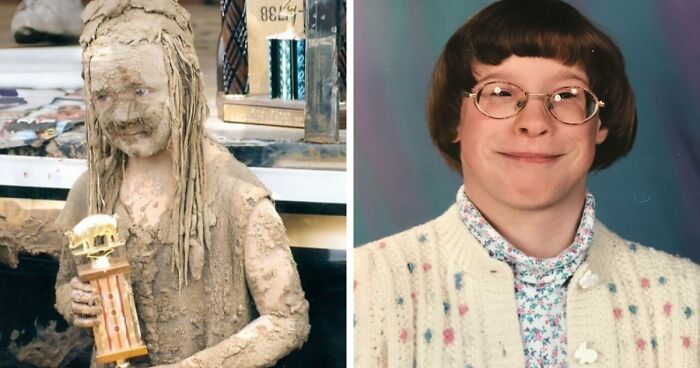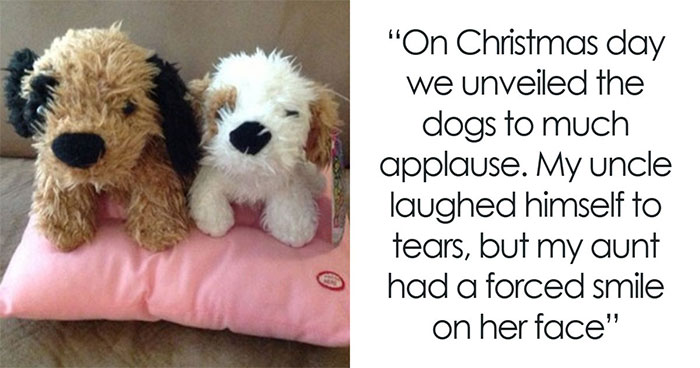Getting a tattoo is a permanent commitment, an inseparable part of your identity. So, before getting inked, ask yourself what kind of tattoo reflects your authentic self. Luckily, plenty of tattoo designs defy time and passing trends. If you are looking for something bold, why not try old-school tattoos? We’ve got a bunch of traditional American tattoo ideas to inspire you.
So, what exactly are American traditional tattoos? Simply put, they are tattoo styles inspired by American history and culture. They have a distinct design — bold lines, vibrant colors, and iconic imagery. They’re instantly recognizable and visually striking.
You’ll also notice a lot of symbolism in these traditional tattoos. They feature anchors, roses, eagles, daggers, and more. Here are some cool symbolisms you should know before getting inked: An anchor tattoo symbolizes stability and strength. The majestic eagle is associated with freedom, courage, and power. It represents a soaring spirit.
Roses signify timeless beauty. They also depict love and passion. Daggers signify courage. And last but not least, swallow tattoos traditionally symbolize loyalty and freedom. In fact, swallow tattoos are also believed to bring luck. Sailors would often sport swallow tattoos (each swallow allegedly represented 5,000 nautical miles traveled).
These traditional American tattoos can be pretty much traced back to the transformative era of the late 19th and early 20th centuries. They emerged as a distinct means of self-expression and were very popular among sailors.
Get ready to feast your eyes on the collection of ink we have amassed for you. These traditional American tattoo ideas will give you plenty of inspiration for your next piece of permanent body art.
This post may include affiliate links.
Traditional Amarican Foot Tattoos For Doug!
Devils Always Welcome
American Traditional Tattoo - Heart Locket
Cosy Bear Tattoo
Little Filler Tattoo For My Homie, Gracias Ryan
American Traditional Plant Tattoo
American Traditional Tattoo With Anchors
My American Traditional Headshot Done By Tracy At Heroic Ink In Ames, Iowa
Monkey For Joe
Matching Moth And Butterfly For Alex
Goddamn Cat
Moth For Becky
American Traditional Tattoo - Still Have My Heart
I'm A Huge Hank Williams Fan!
Butterfly Tattoo
Right In The Knee Ditch. Ouchies
Leia Got This Eagle Design To Perfectly Top Off The Space On Her Shoulder
Hummingbird For Irene
Classic Snake Head Tattoo
Straight Off The Wall. Thanks Jaclyn!
Tweety Bird Tattoo
American Traditional Chest Piece By Ben Waara At Cosmic Reaper Tattoo In Rochester NY!
Os mamilos parecem fazer parte da tatuagem haha ta engraçado.. mas a tatuagem é bela apesar disso
Clean American Traditional Eagle Done By Aaron Francione At Seven Swords In Philly!
American Traditional Rocket Ship, Done By Erica At Blu Gorilla In Charleston SC
Slimy Feller
Classic Sailor Jerry Flash
"How To Love" Tattoo
American Traditional Tattoo - Light Tower
American Traditional Tattoo
American Traditional Tattoo
American Traditional Tattoo - Flour Mill
Matchy Skull Gal Friend Tattoo
Reverse Mermaid Tattoo
Had Such A Blast With This One!
Ark In High Seas…
I Had The Honor Of Making Erica’s First Tatt
American Traditional Tattoo - Find Your Way
Cute Swallow For My Friend
Eagle Tattoo
Panther For Tristen
American Traditional Ship Cover-Up Done By Jordi Ramone And Absolute Tattoo, Charlotte, NC
American Traditional Spin On The Dark Mark From Harry Potter, By Bryan Michael, Huntington Village, NY
American Traditional Hand Holding A Lightbulb Done By Melissa Seagull Of Northern Lights Tattoo In Anchorage, Alaska
My American Traditional Nature Scene With A UFO By Jamie Santos At Tymeless Tattoo In Baldwinsville, NY
American Traditional Old Testament Angel By Duncan Sweeny, Timeless Tattoo, Glasgow, Scotland
So Stoked On This Traditional American Bulldog From Nick At Glenns Tattoo Service In Wilmington, NC
American Traditional Flower Tattoo
American Traditional Tattoo
Some Cute Colorful Ladybug For Miquel
American Traditional Eagle Tattoo
Turned This Painting Into A Tattoo
Custom Snake, Portal, Rafflesia Flower
Fun Parrot For A Real Nice Lady
I Wanna Go Fast…
American Traditional Tattoo - Tiger Is On Fire
American Traditional Tattoo - USA Eagle
Memento Mori Tattoo
Globe For Mikael. Thanks For Making The Trip
Dagger And Rose Tattoo
Robin For Jessica
American Traditional Tattoo
In Honor Of The WBC Championship, Japan Vs. USA
Here’s a blend of American and Japanese traditional for this Hannya.

 Dark Mode
Dark Mode 

 No fees, cancel anytime
No fees, cancel anytime 






